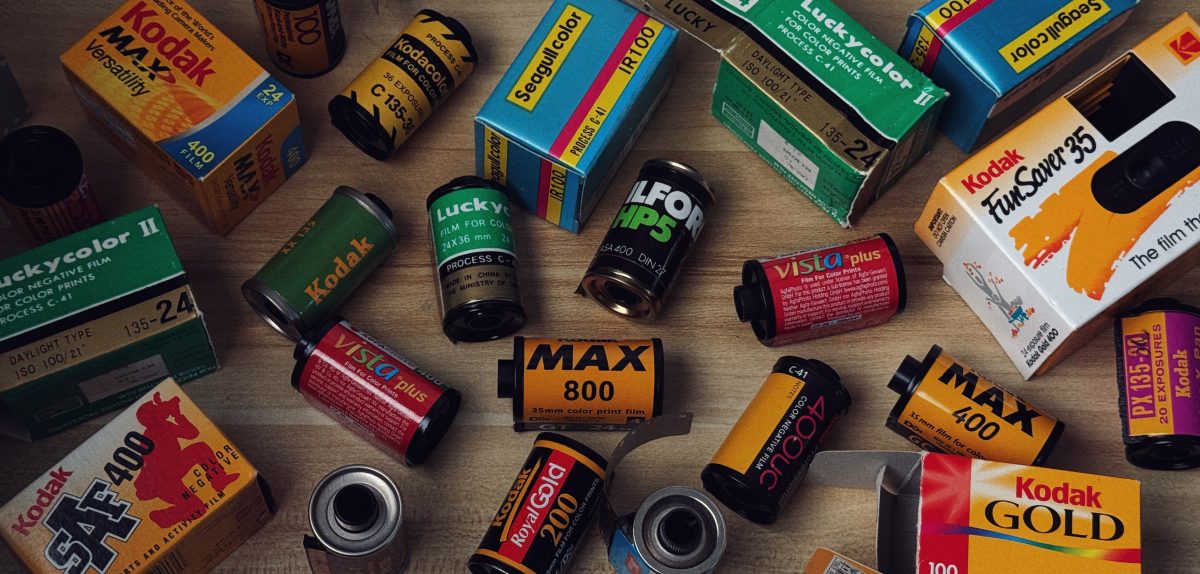
Expired film can be a lot of fun to shoot. It’s experimental, sometimes unpredictable, and often produces unexpected results you’d never get with fresh film. But while the surprise factor can be exciting, it’s important to know what you’re getting into. If you want reliable, consistent results – you should stick with fresh film.
At The Darkroom, we develop a lot of expired film and see the full range of what expired rolls can produce – from beautiful, dreamy results to completely blank rolls. In this blog, we’ll cover what to expect, how to shoot expired film properly, and which types of film tend to hold up best over time.
What Happens When Film Expires?
Film doesn’t suddenly go “bad” the day after its expiration date. Instead, it slowly degrades over time, especially if it hasn’t been stored properly (i.e., in a fridge or freezer).
As film ages:
- Sensitivity to light decreases.
- Colors shift (in color films).
- Grain becomes more noticeable.
- Contrast flattens, making images look muddy or dull.
- Underexposure becomes more likely, especially with poorly stored film.
Best Film Types to Shoot Expired
1. Black and White Film (Best Option)
Black and white film is the most forgiving when it comes to age. Since there’s no color, you won’t deal with color shifts – just loss of sensitivity.
Tips:
- Overexpose by 1 stop per decade past expiration (e.g., shoot ISO 400 film at 200 if it’s 10 years old).
- Develop normally – don’t push or pull unless you’re very experienced.
- Bracketing exposures can help find the sweet spot.
- Even fresh B&W film handles overexposure well due to its great latitude so don’t be worried to give expired film extra light.
2. C-41 Color Negative Film (Second Best Option)
Color negative film also has decent latitude, meaning it can handle overexposure which is handy when exposing expired film as it is best to overexpose.
Tips:
- Overexpose based on age:
- 10 years = +1 stop
- 20 years = +2 stops
- 30 years = +3 stops
- Expect color shifts: muted tones, weird casts, or unpredictable hues.
- Shoot more casually, don’t use expired color film for once-in-a-lifetime moments as there is no guarantee it will turn out.
3. E-6 Slide Film (Least Recommended)
Slide film is far less forgiving as it has very low exposure latitude, and even slight underexposure can ruin your shots.
Risks:
- Major underexposure.
- Extreme color shifts.
- Blank rolls, especially if not stored well.
Only shoot expired slide film if you’re okay with risky, unpredictable results or bracket exposures carefully and don’t expect perfection.
Bracketing Expired Film
Bracketing is a great way to hedge your bets, especially if you are unsure of when the film expired:
- Take one shot at your meter’s recommended settings
- Take one shot overexposed (+1 stop or +2 stops)
- Optionally, one underexposed (-1 stop)
This technique is especially useful if you have multiple rolls from the same expired batch. You can test a few exposures, see which turns out best, and adjust your ISO accordingly for the rest.
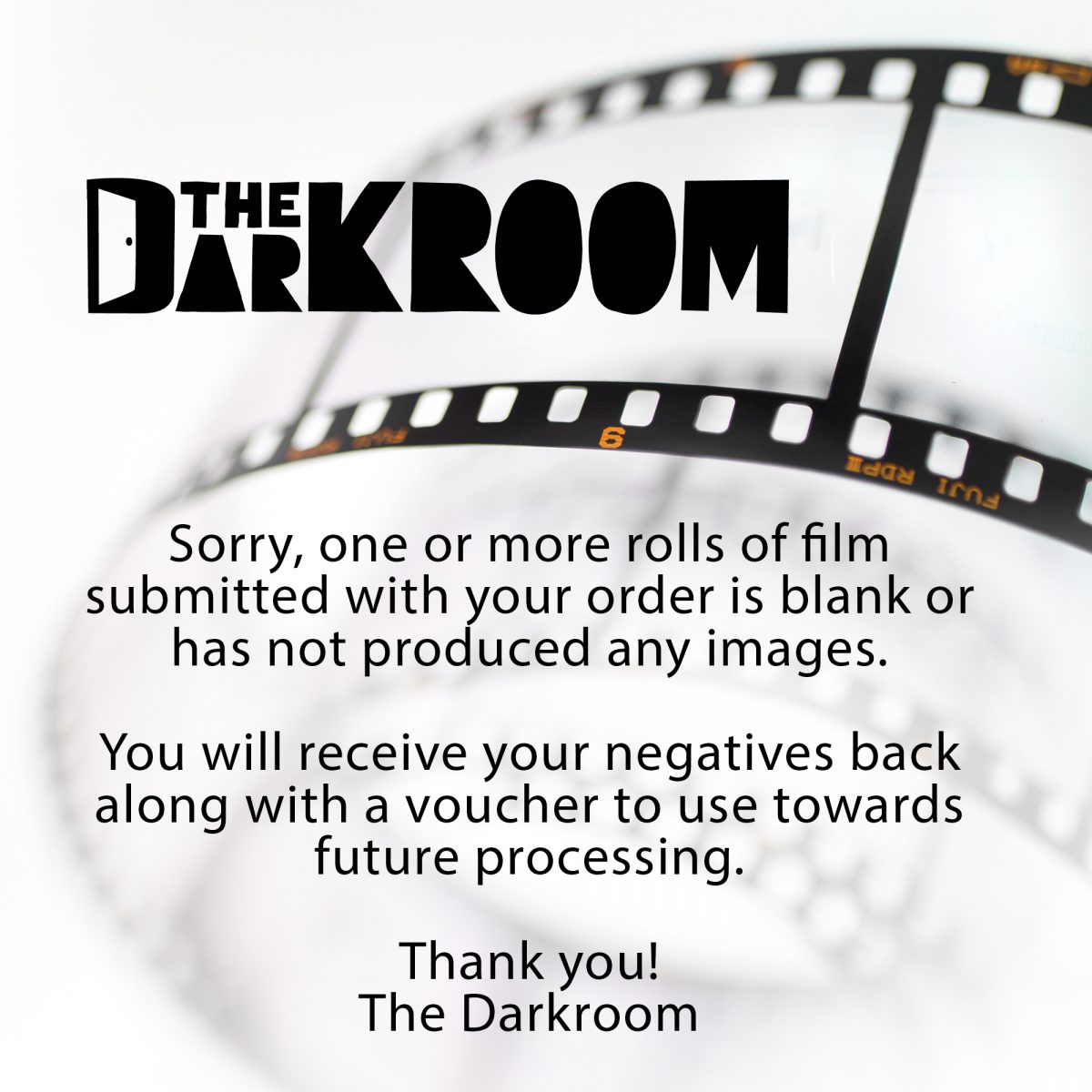
Blank Roll? No problem, we got you!
Sometimes expired film is too far gone. Heat, humidity, light leaks, and moisture can destroy the emulsion. That’s why we always remind our customers: only shoot expired film when you’re okay with losing the roll.
But here’s the good news:
If your roll comes out completely blank – no usable frames at all -we’ll issue a Blank Roll Voucher that you can use toward a future order. It’s our way of helping you take the occasional L in stride.
When to Use Expired Film (and When Not To)
Good Times to Shoot Expired Film:
- Personal photo walks
- Test shots
- Street photography
- Re-shootable scenes or locations
Times to Avoid:
- Weddings or paid gigs
- Family portraits
- Travel moments you must capture
- Once-in-a-lifetime events
What About Found Film?
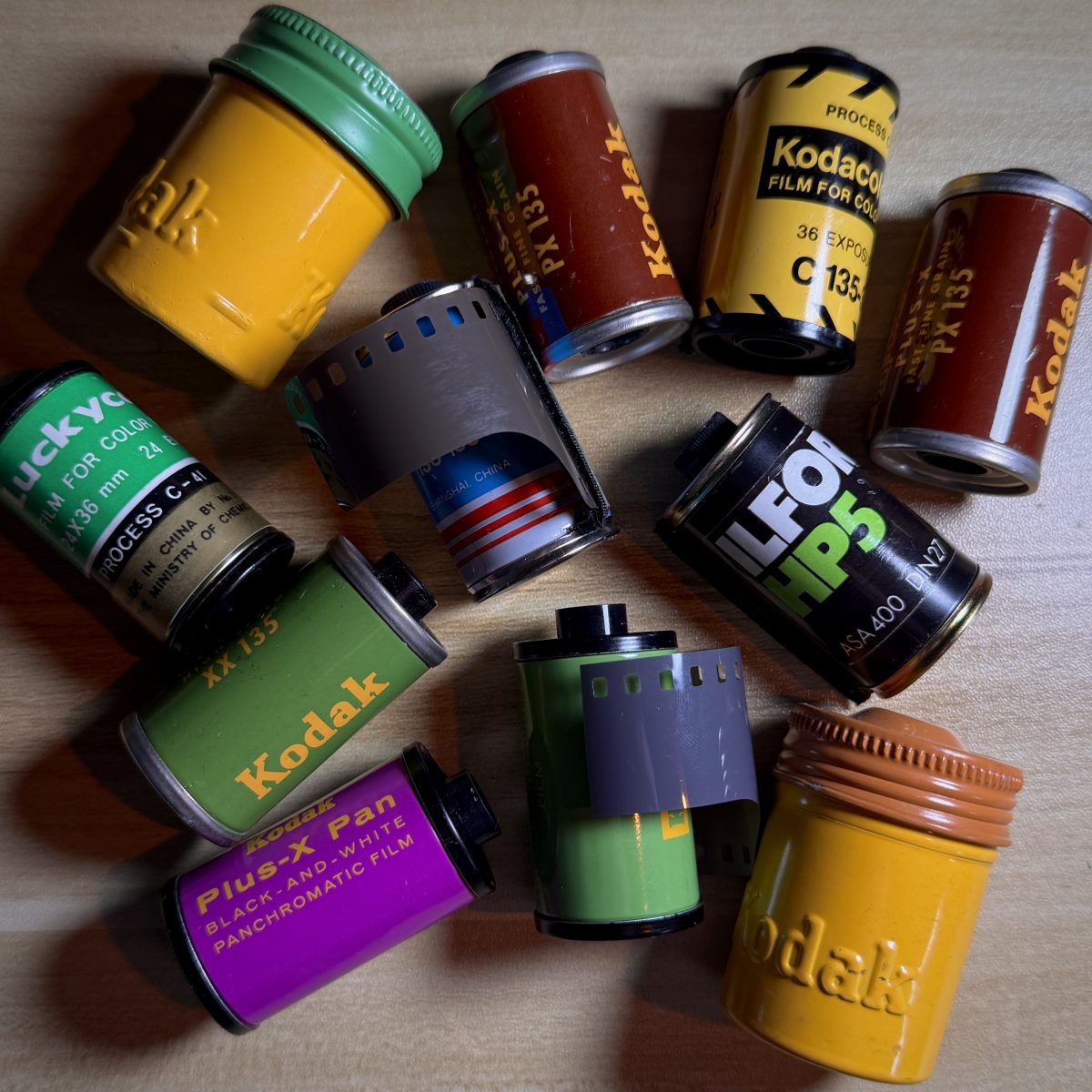
Found film is different from simply expired film. It’s film that’s been previously used (exposed), or possibly not used at all – but discovered in a drawer, attic, old camera, or thrift store find. Here’s how to tell what you’ve got and what to do with it:
35mm Film Canisters:
- If the film leader is sticking out, it’s likely unexposed and can still be shot.
- If the film is fully wound inside the canister, there’s a good chance it’s already been exposed – meaning it’s ready to be developed, and we can help with that!
Roll Film (120, 220, 127, 620, etc.):
- Most roll film will have a paper backing that says “EXPOSED” if it’s already been shot.
- If it doesn’t say “exposed,” it may be unexposed and could still be usable for new photos – just keep in mind all the usual risks of shooting expired film.
Found Negatives?
- If you’ve got developed negatives, that means the film’s already been processed.
- We can scan color and B&W negative film as well we transparency slide film in 35mm, 120, 220, 620, 110, and many more sizes.
- If you want prints or digital files from them – we can absolutely do that! Just send them in and we’ll handle the rest.
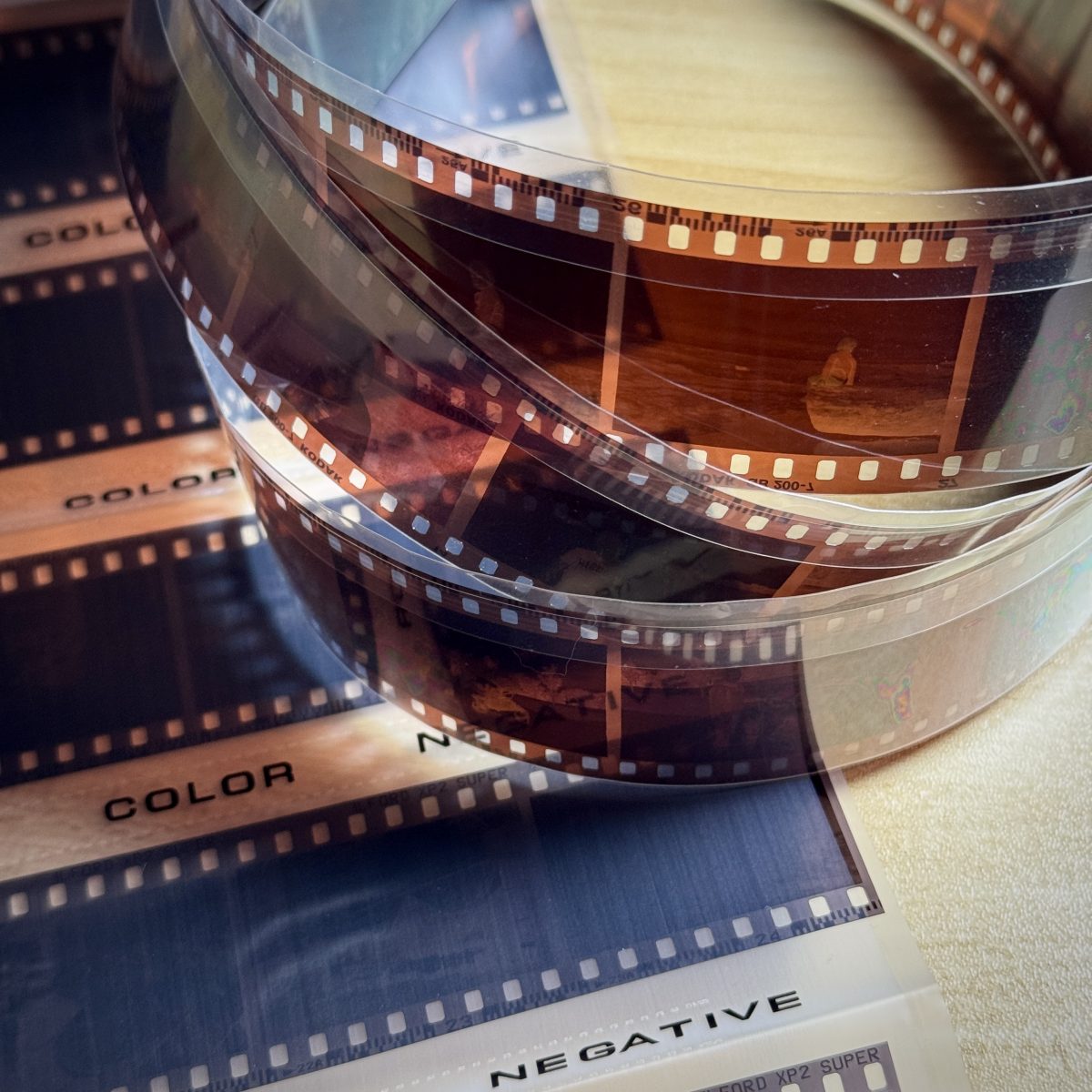
Whether it’s an old roll from a vintage camera or a mystery canister found at a garage sale, we love processing old found film. There’s always a chance to uncover memories and we’re here to help bring them to life.
We’re Here to Help
At The Darkroom, we’re a traditional dip and dunk lab that develops thousands of rolls of expired film every year so we have a lot of experience with old found film as well expired film.
If you’re unsure how to rate or shoot your expired roll, feel free to reach out to us via thedarkroom.com or DM us on Instagram @thedarkroomlab. We’re always happy to help!
Expired film sample images!
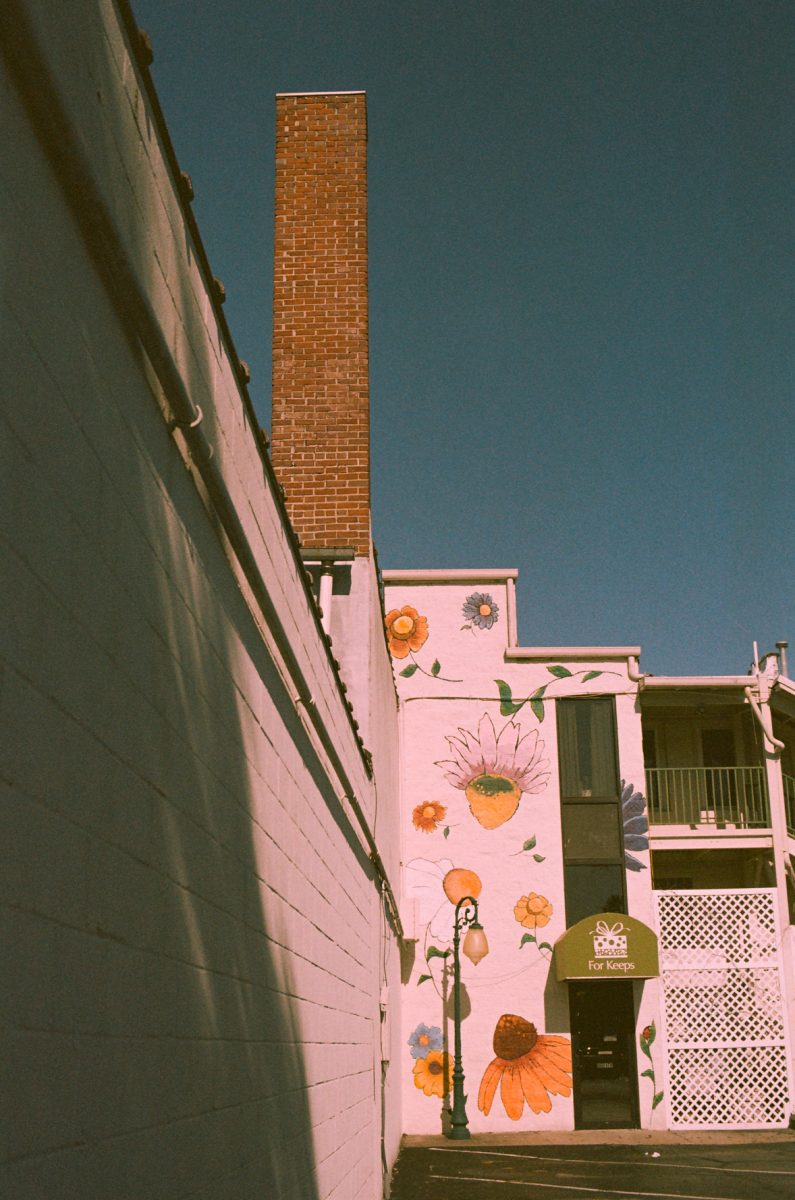
Gold 100 expired 2007 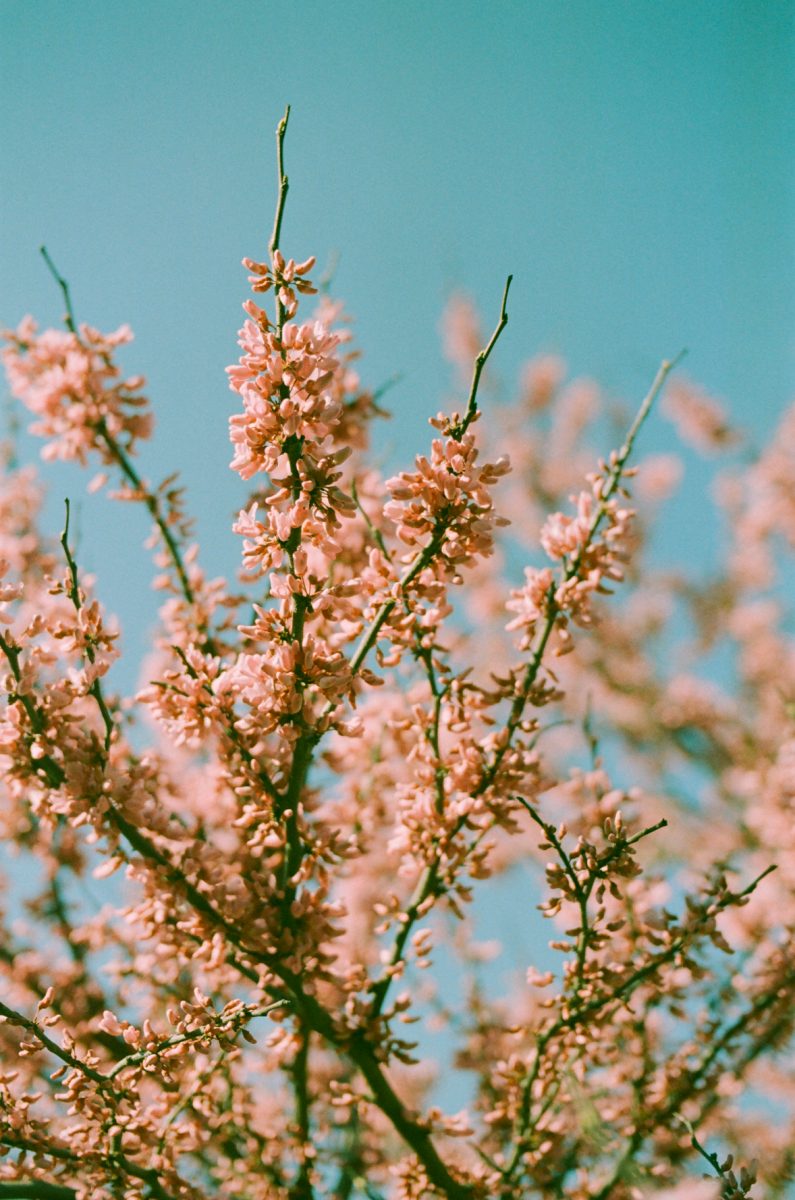
Gold 100 expired 2007 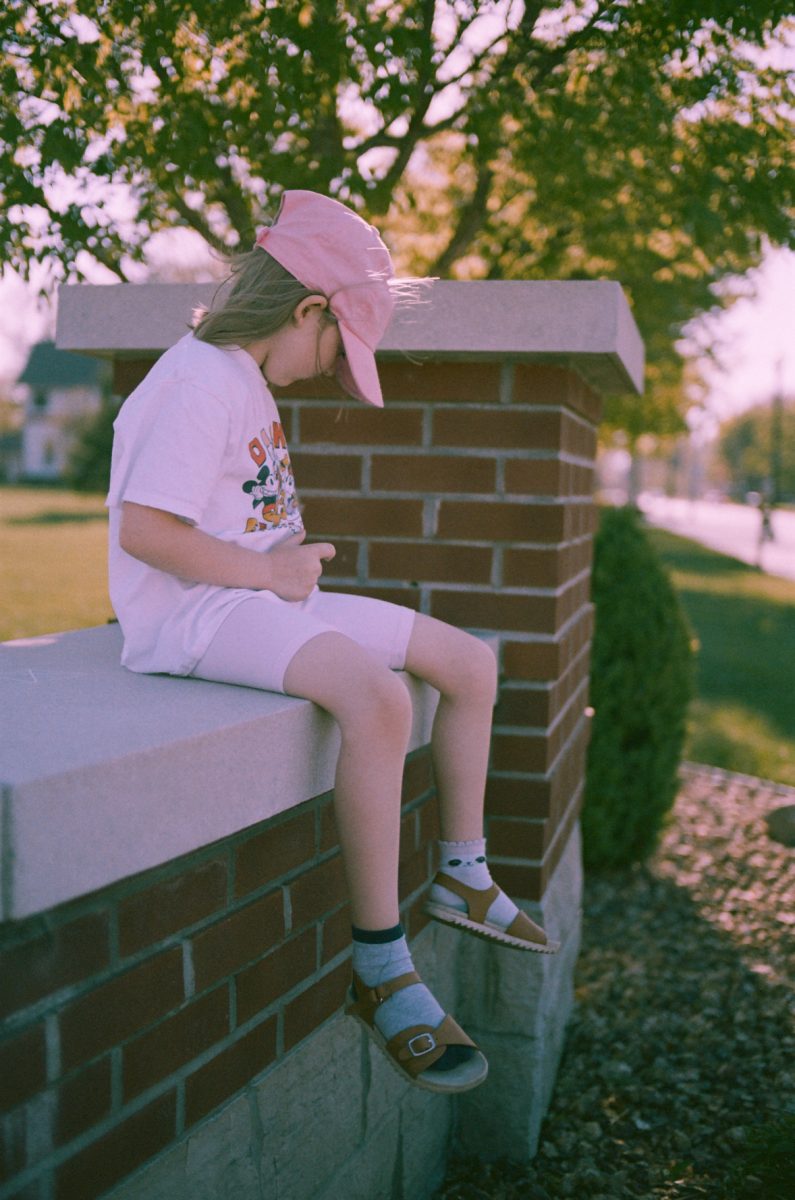
Gold 100 expired 2007 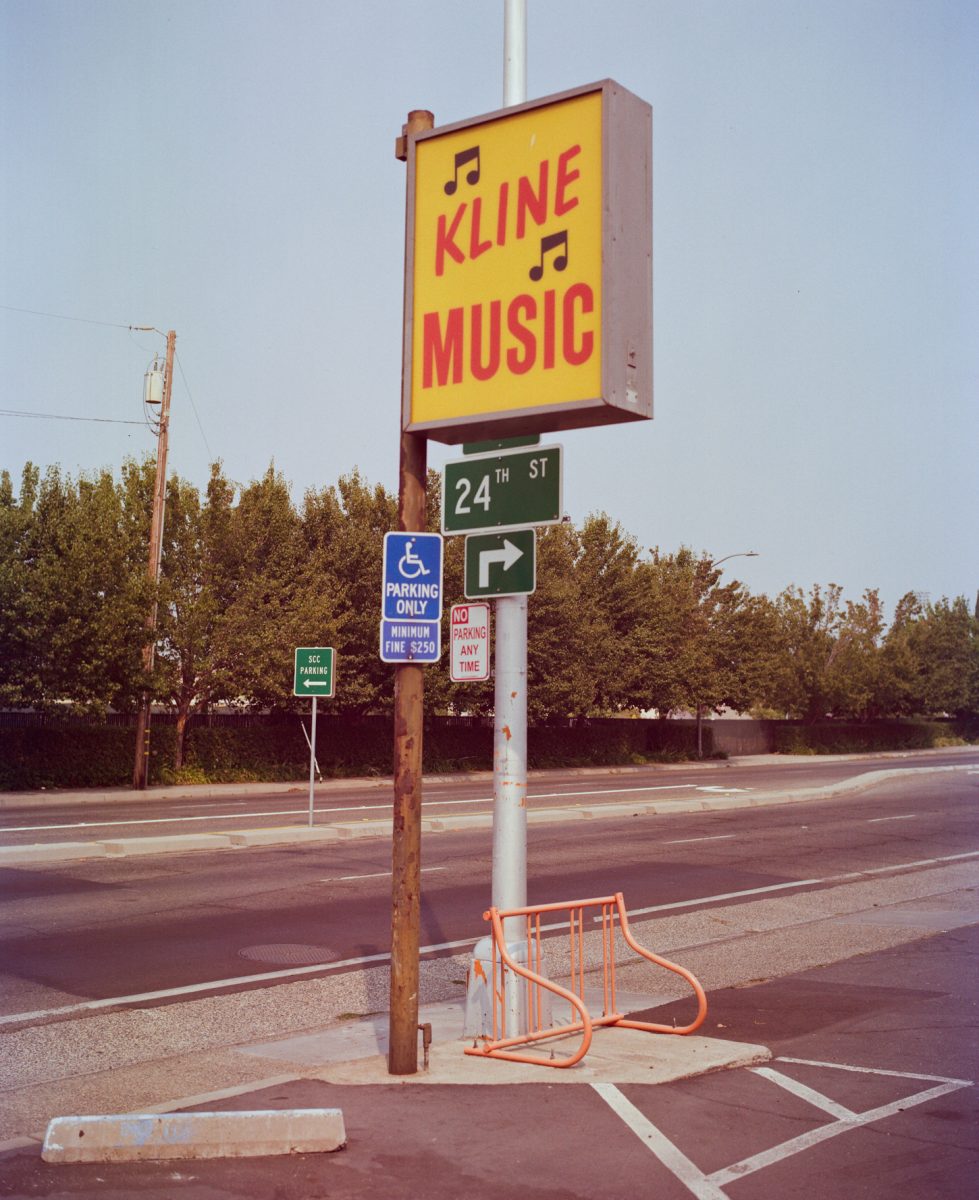
Lomo 100 expired 2015 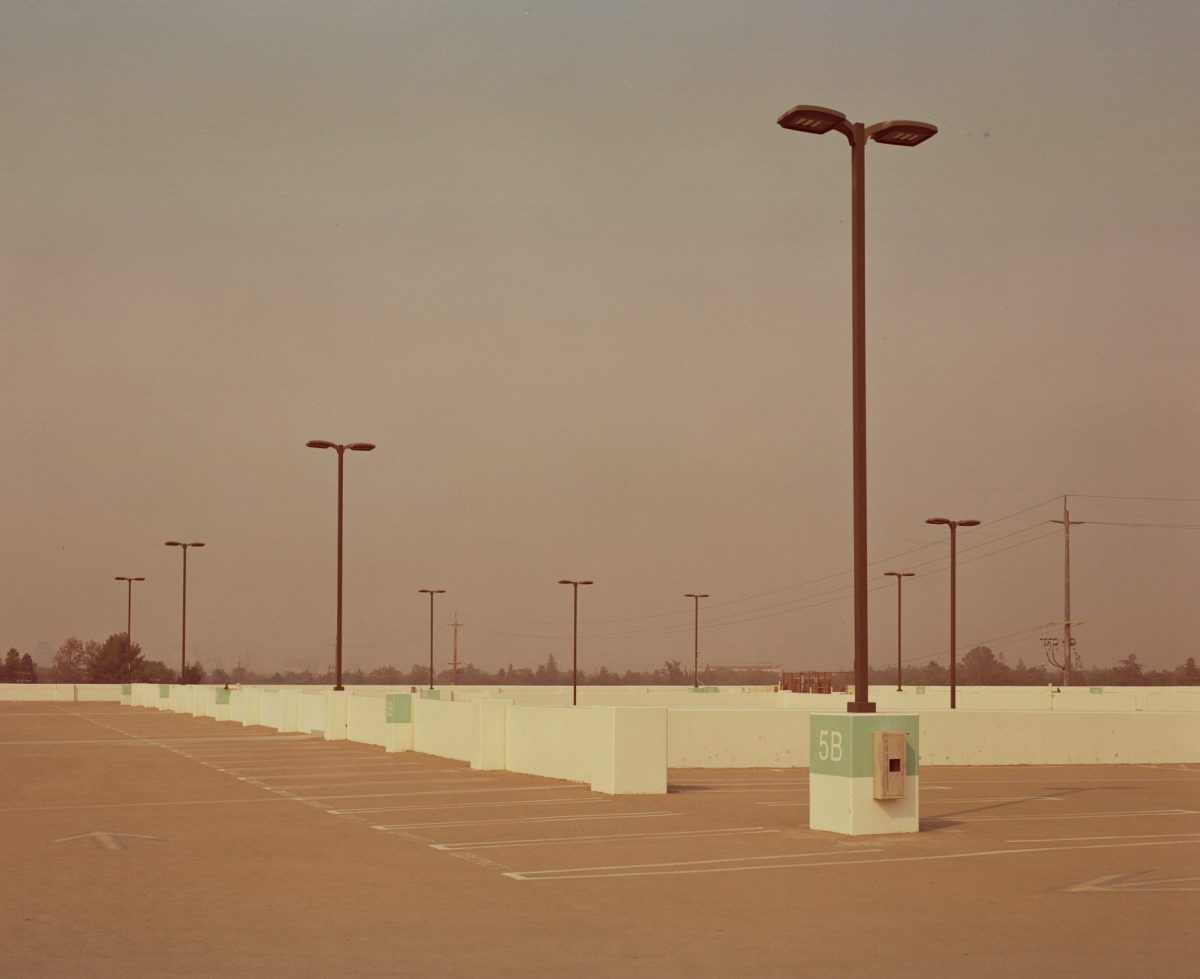
Lomo 100 expired 2015 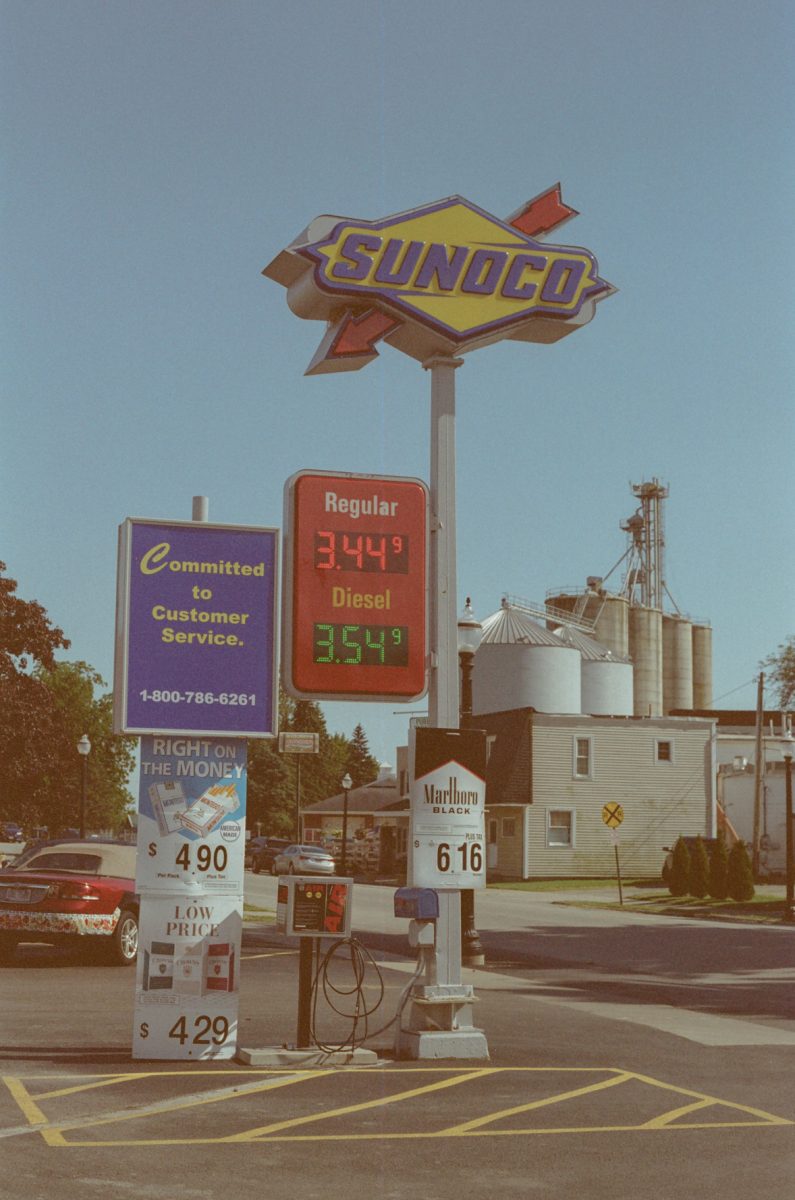
Gold 200 expired unknown 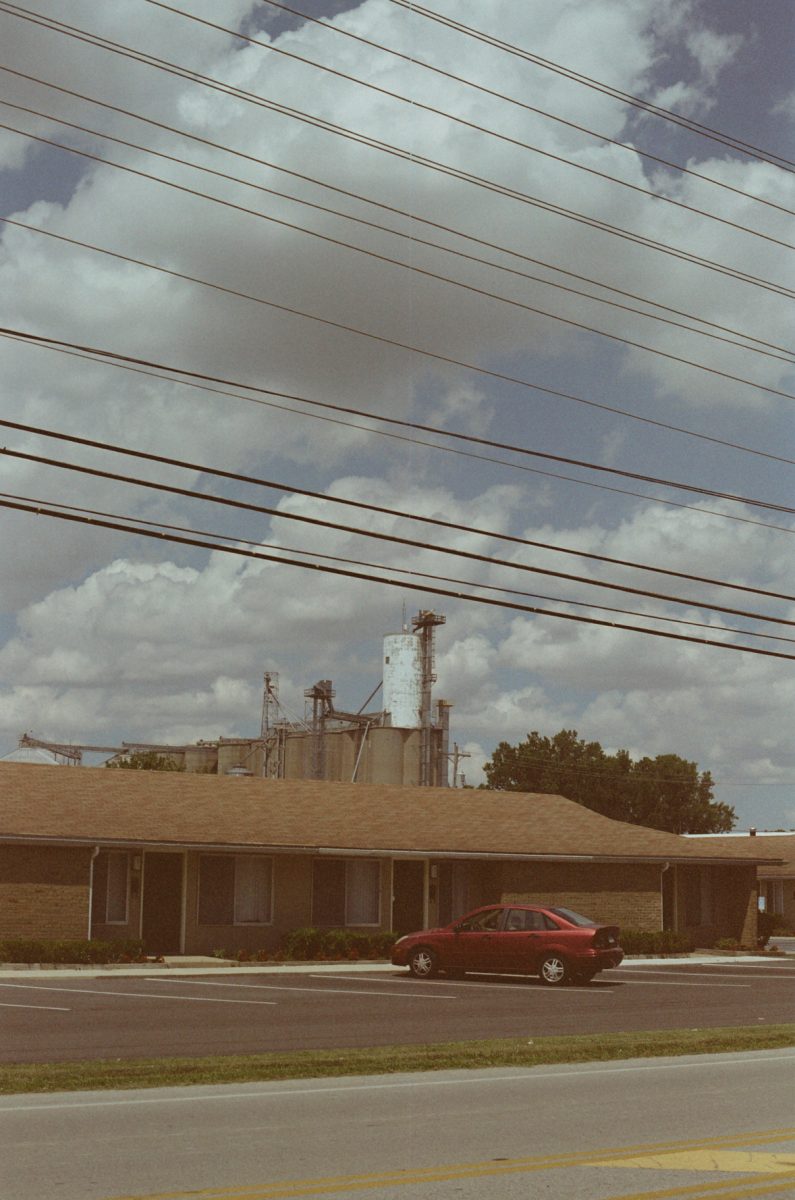
Gold 200 expired unknown 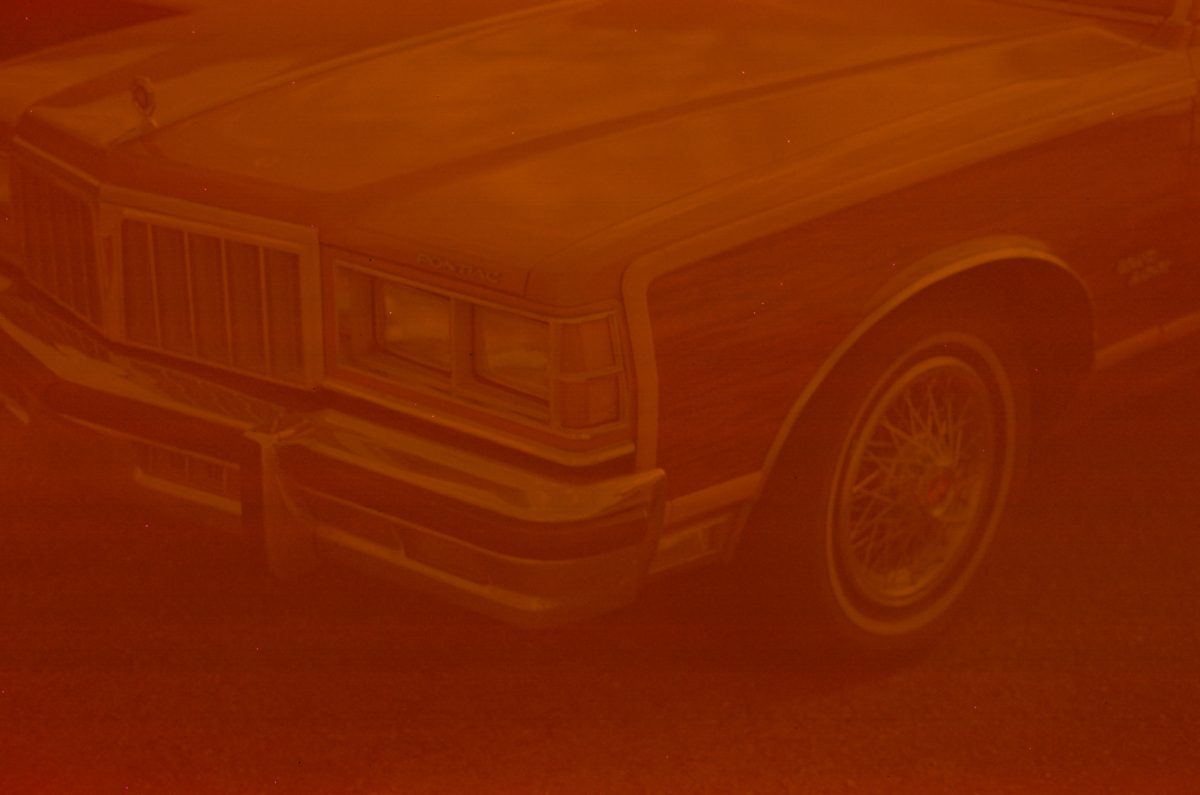
Lucky Color 100 expired 1993 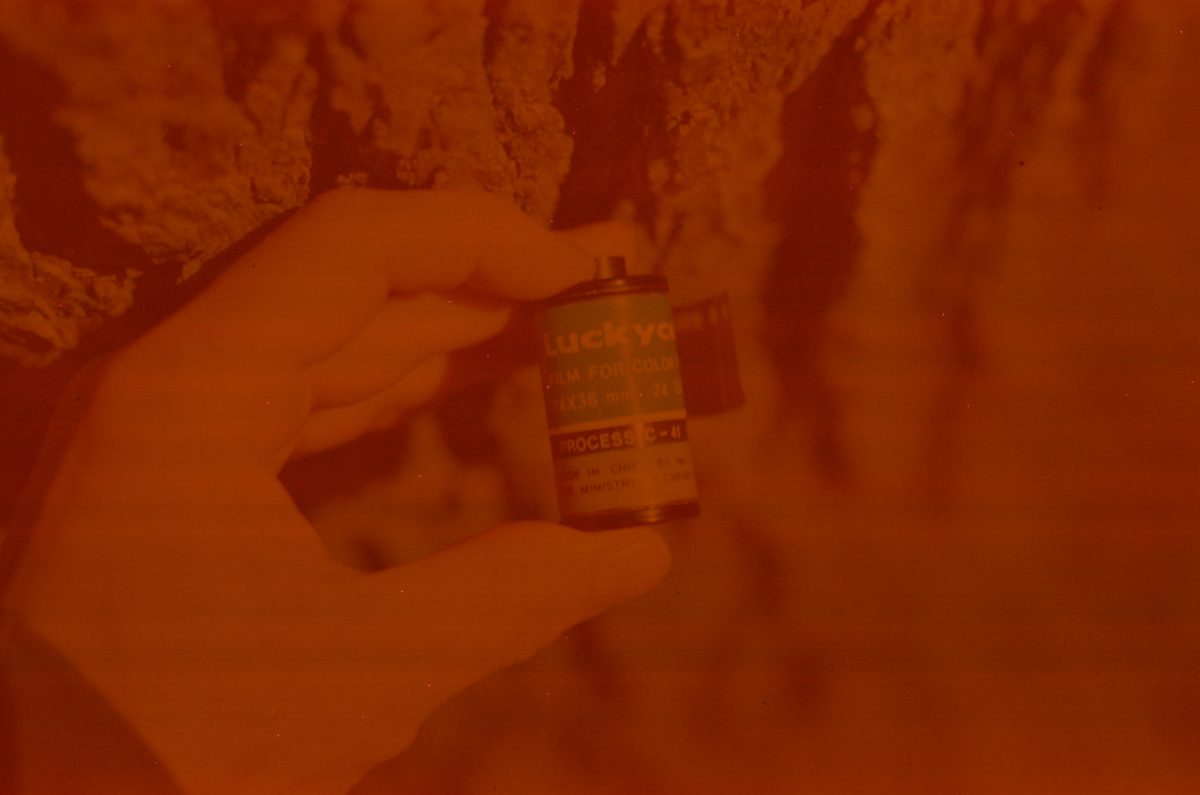
Lucky Color 100 expired 1993 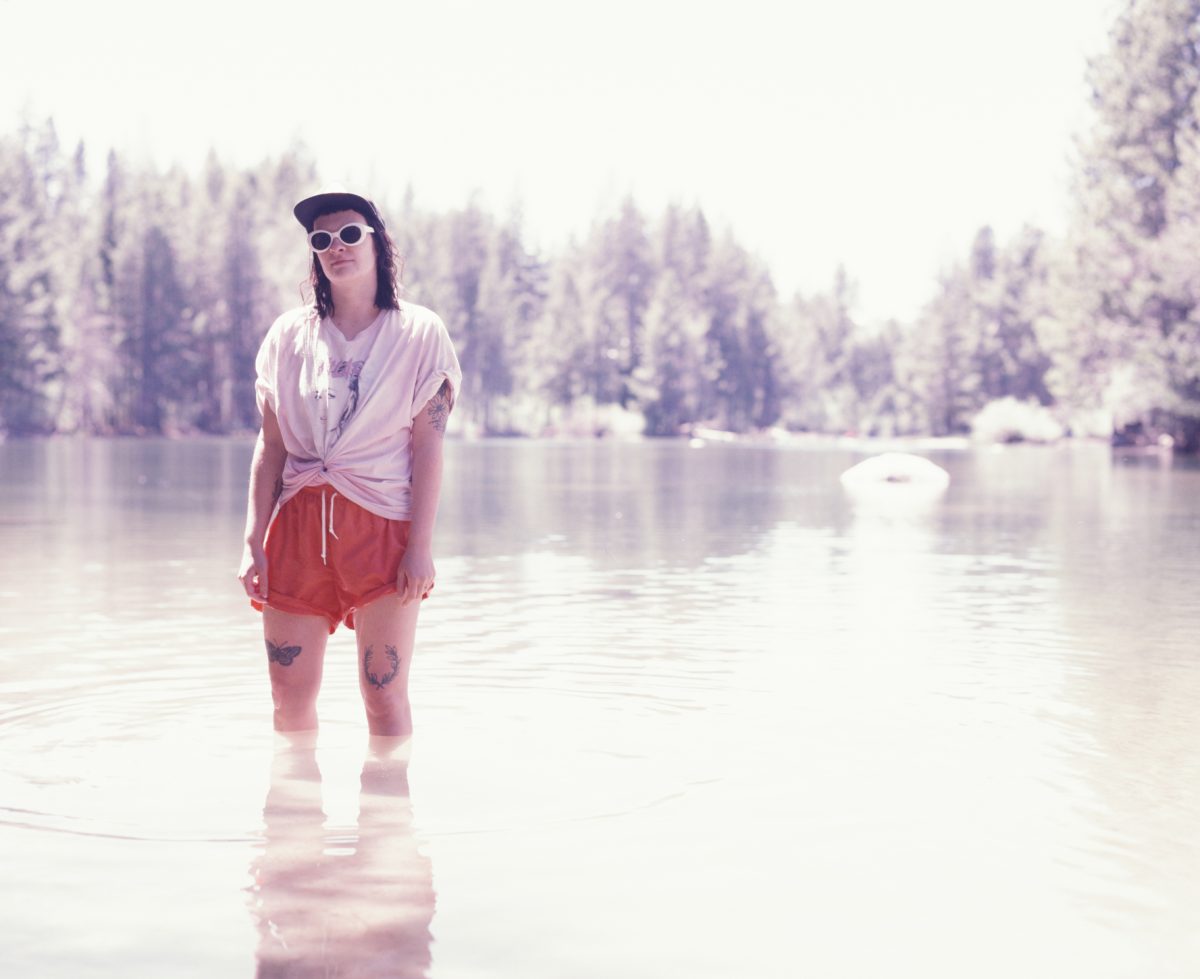
Kodak E100 expired 2001 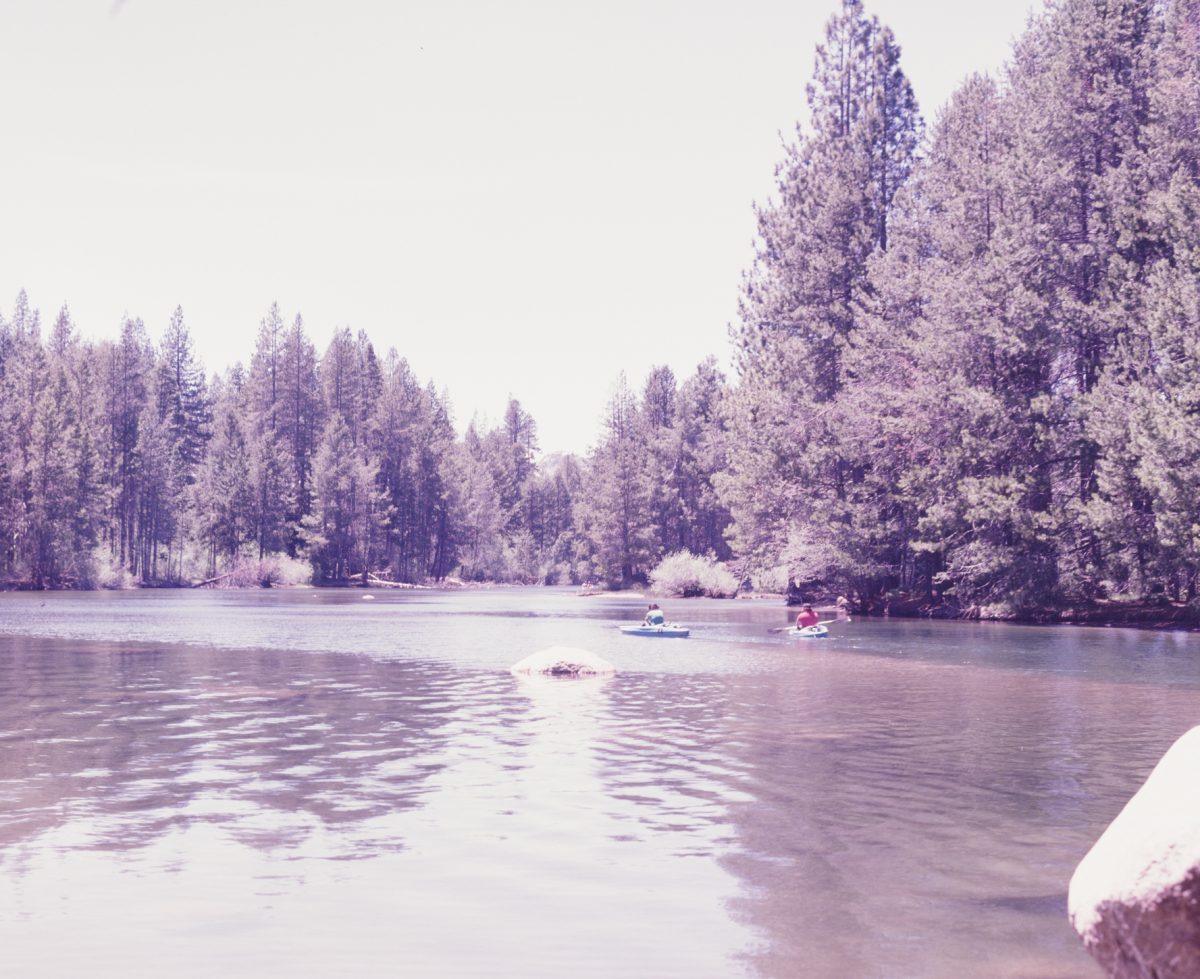
Kodak E100 expired 2001 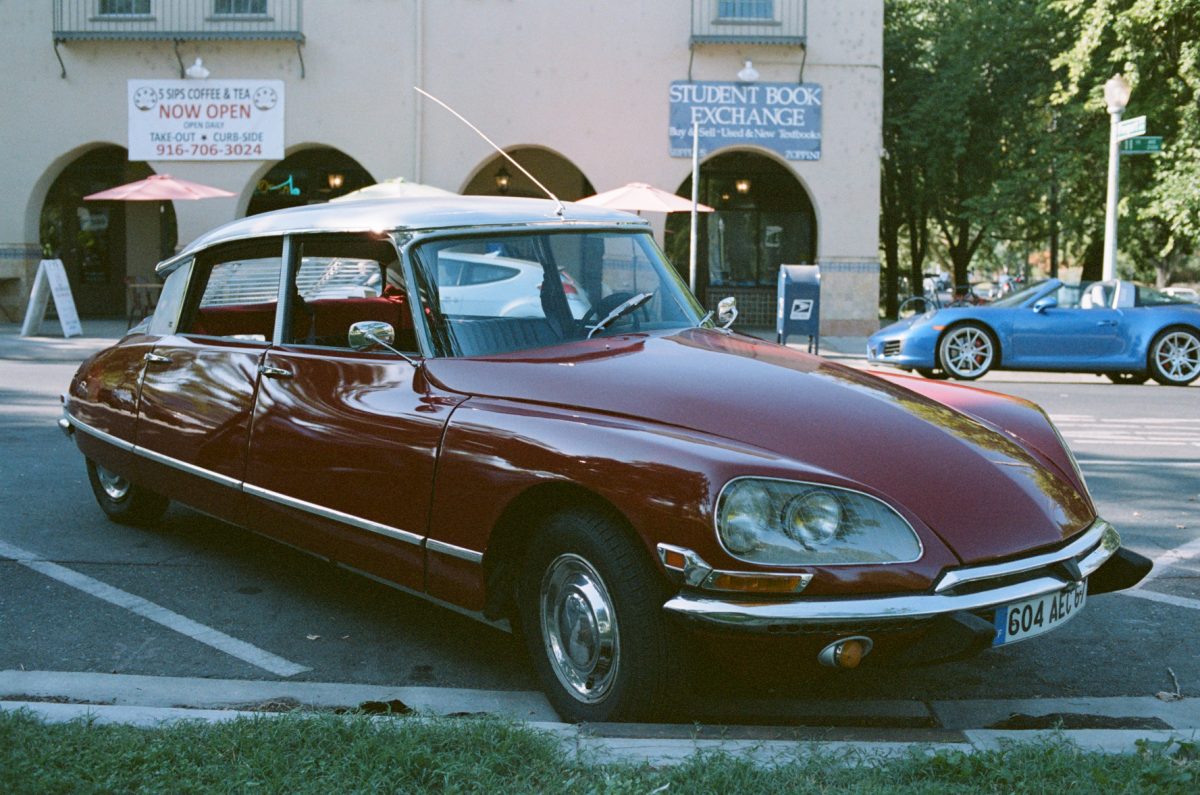
Portra 400NC expired 2006 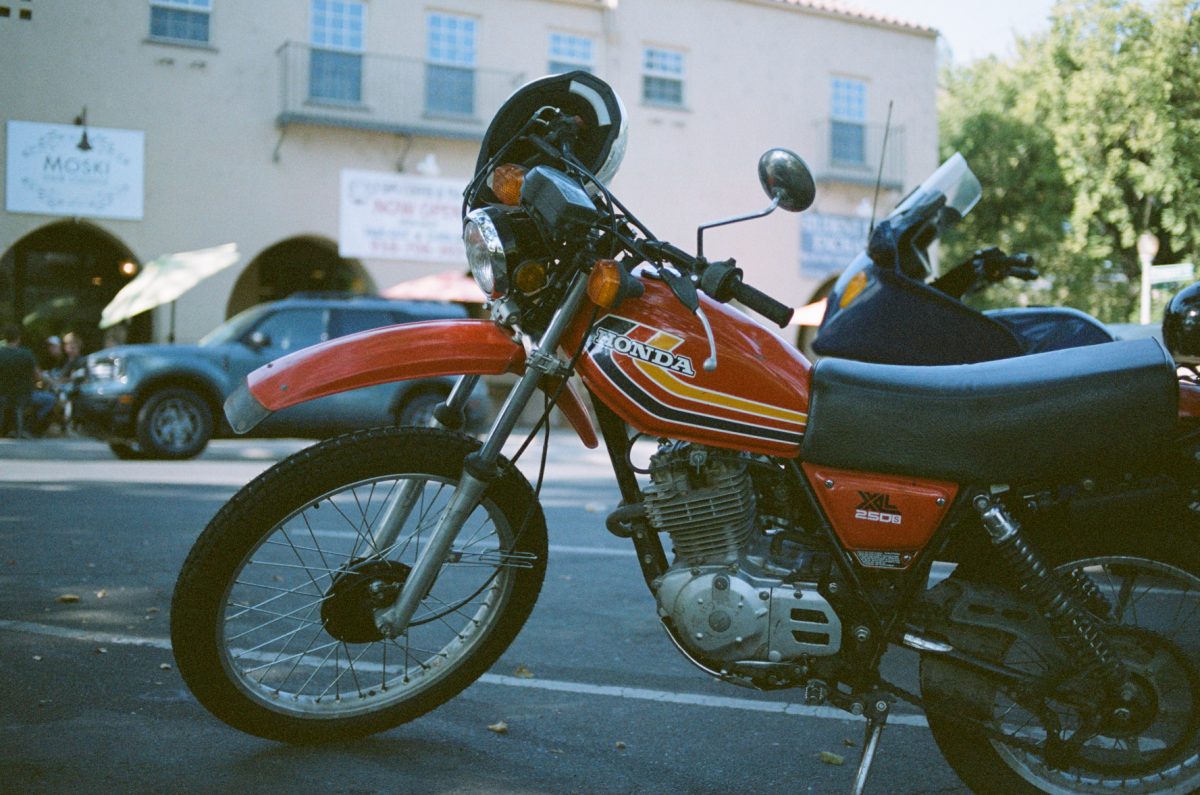
Portra 400NC expired 2006 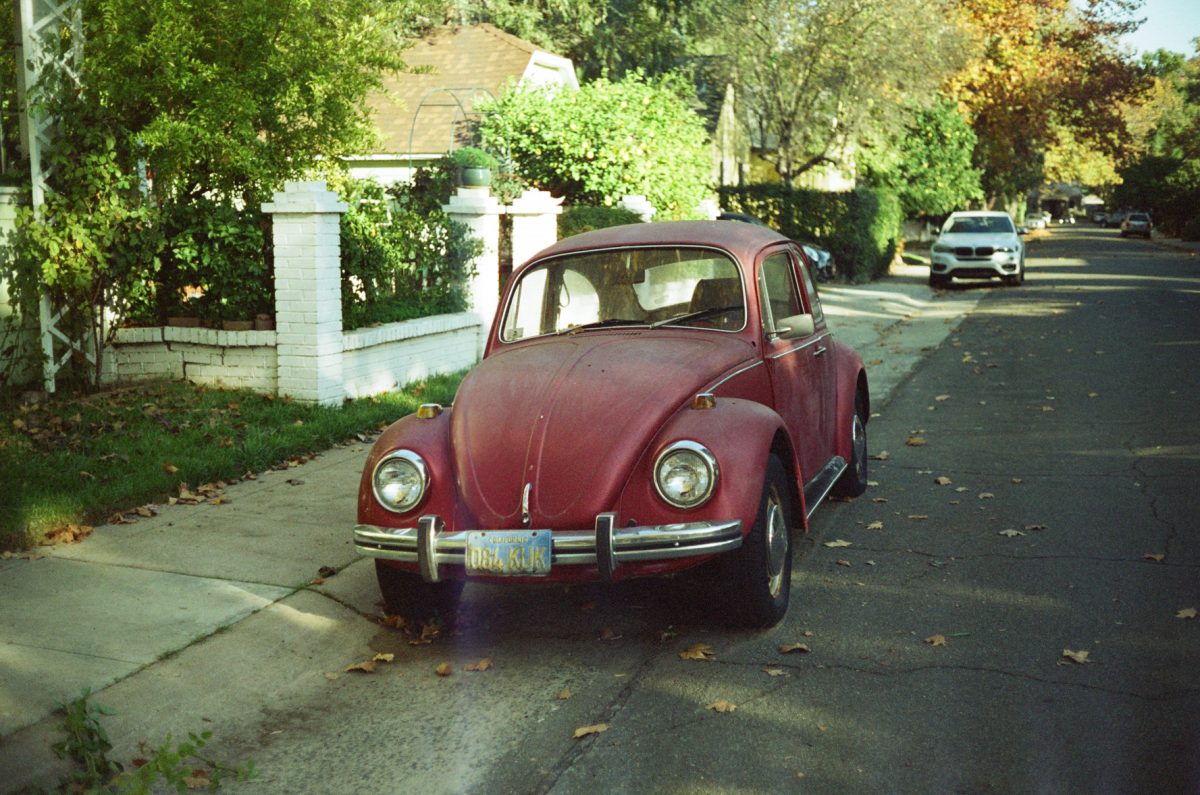
Portra 400NC expired 2006 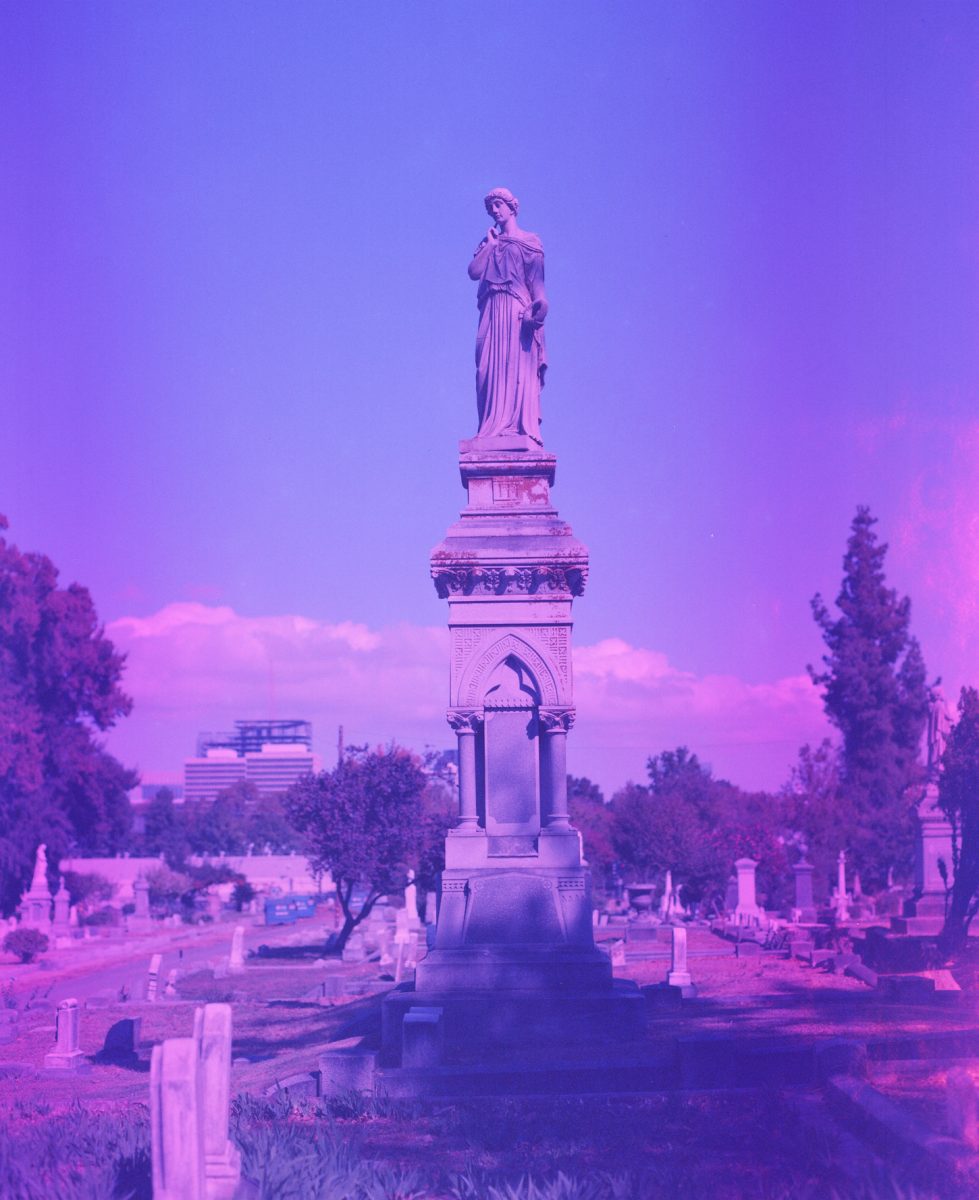
Kodacolor expired unknown 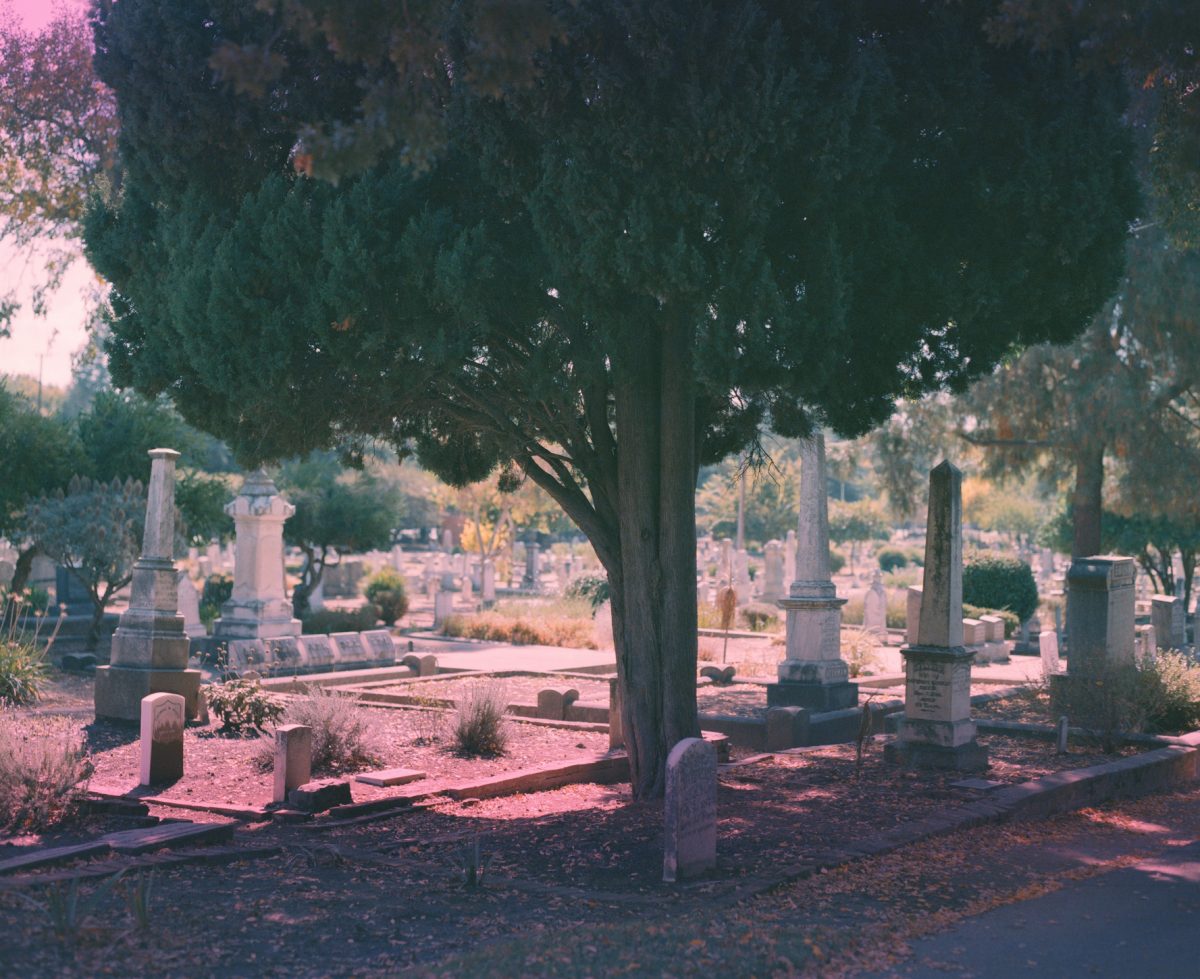
Kodacolor expired unknown 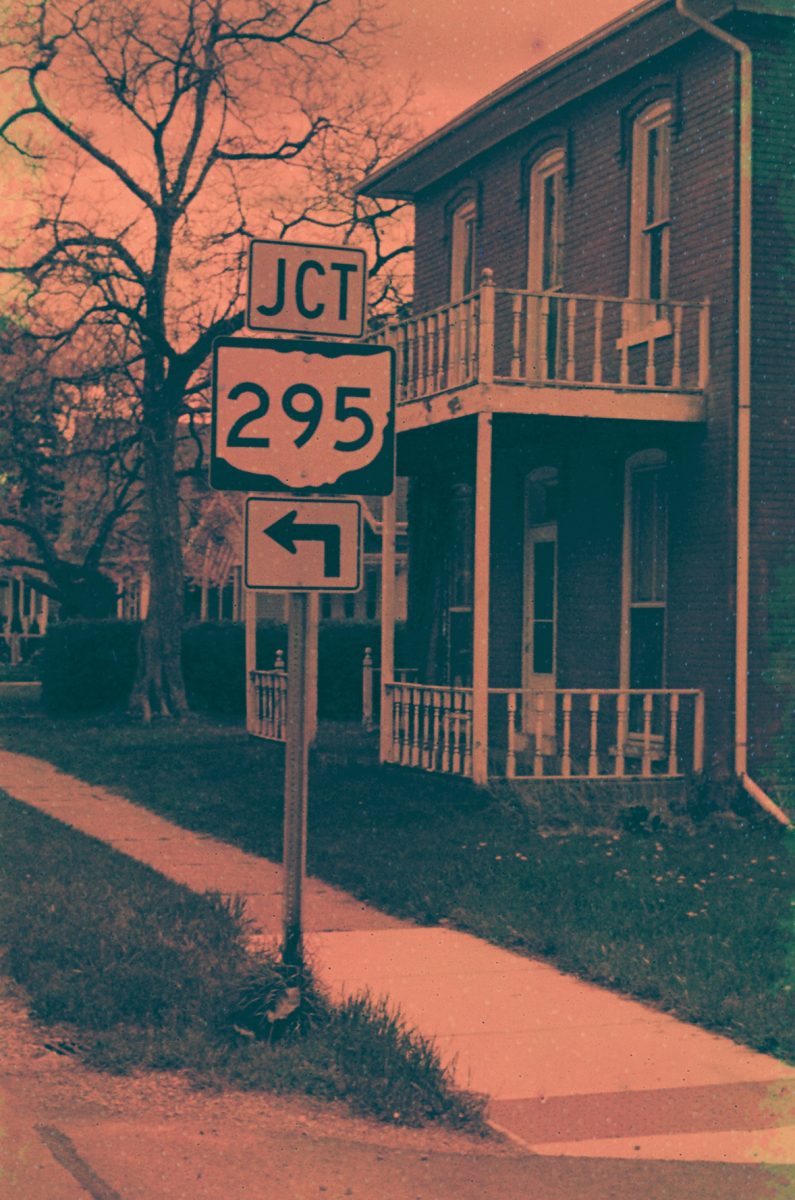
Seagull IR100 expired 1990 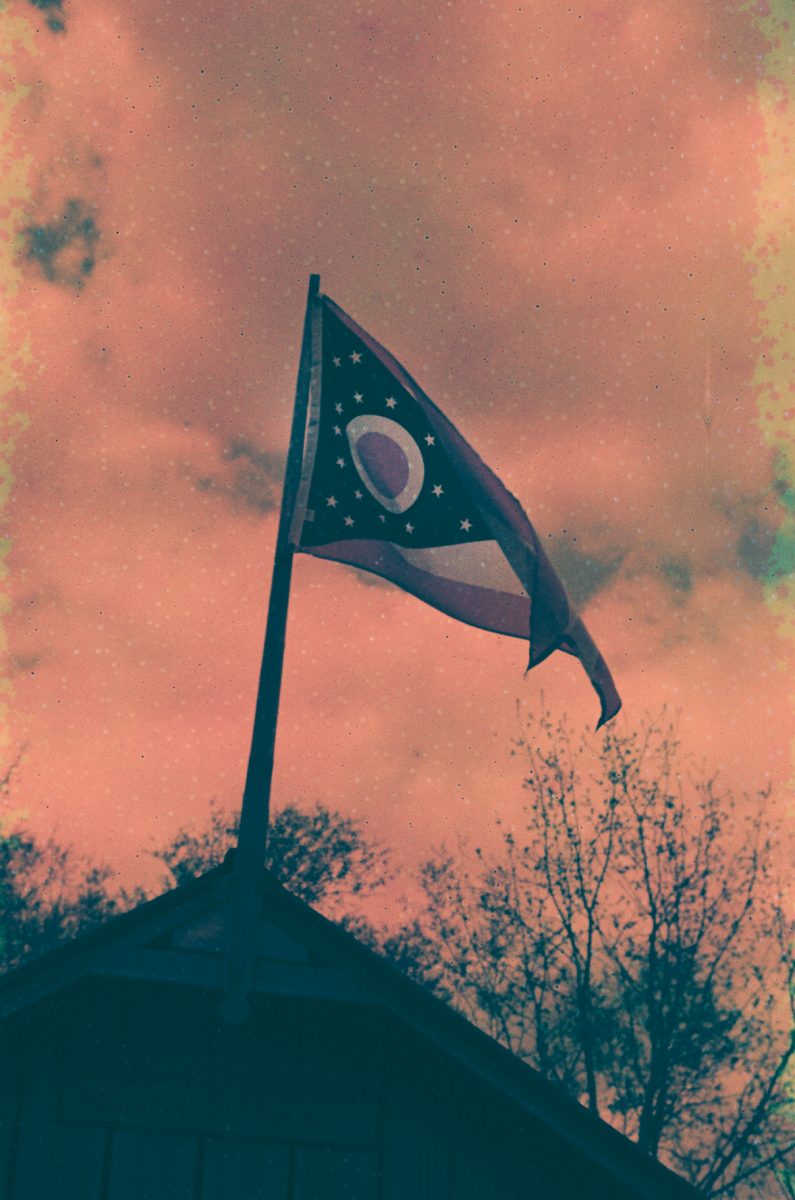
Seagull IR100 expired 1990 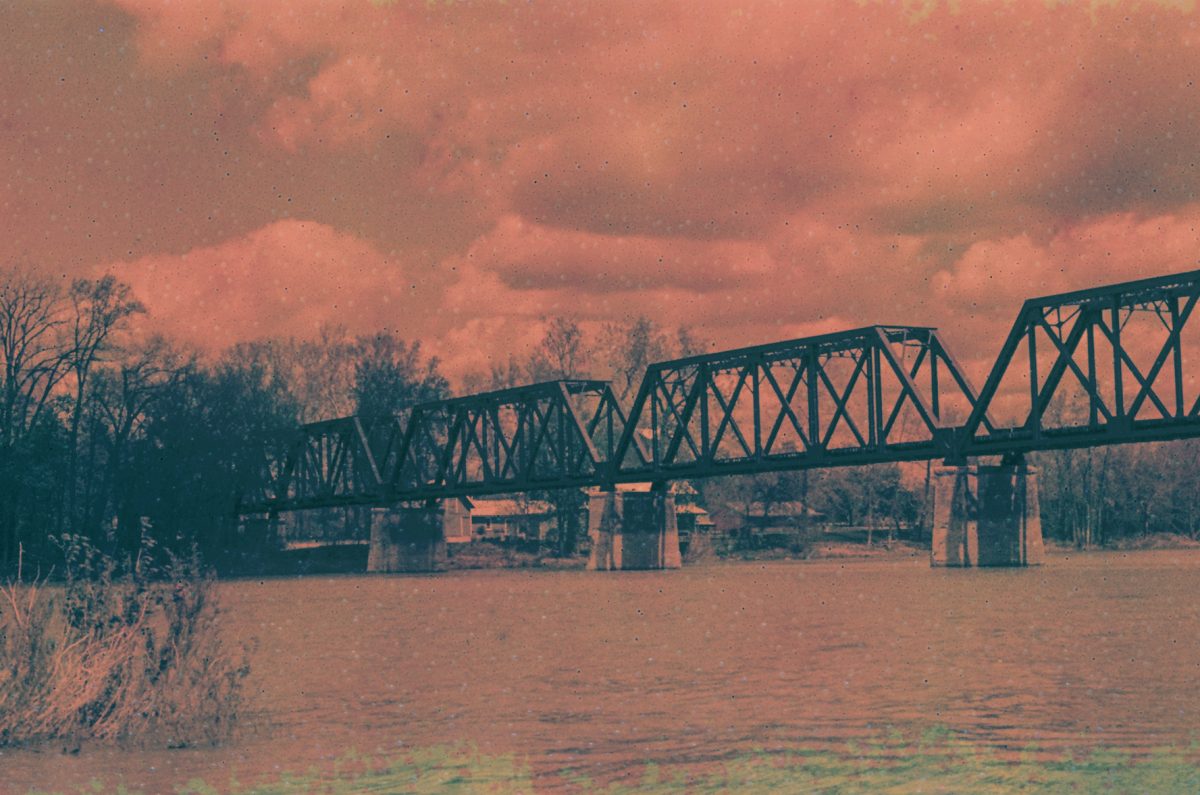
Seagull IR100 expired 1990 
Tri-X 400 expired 2001 
Tri-X 400 expired 2001 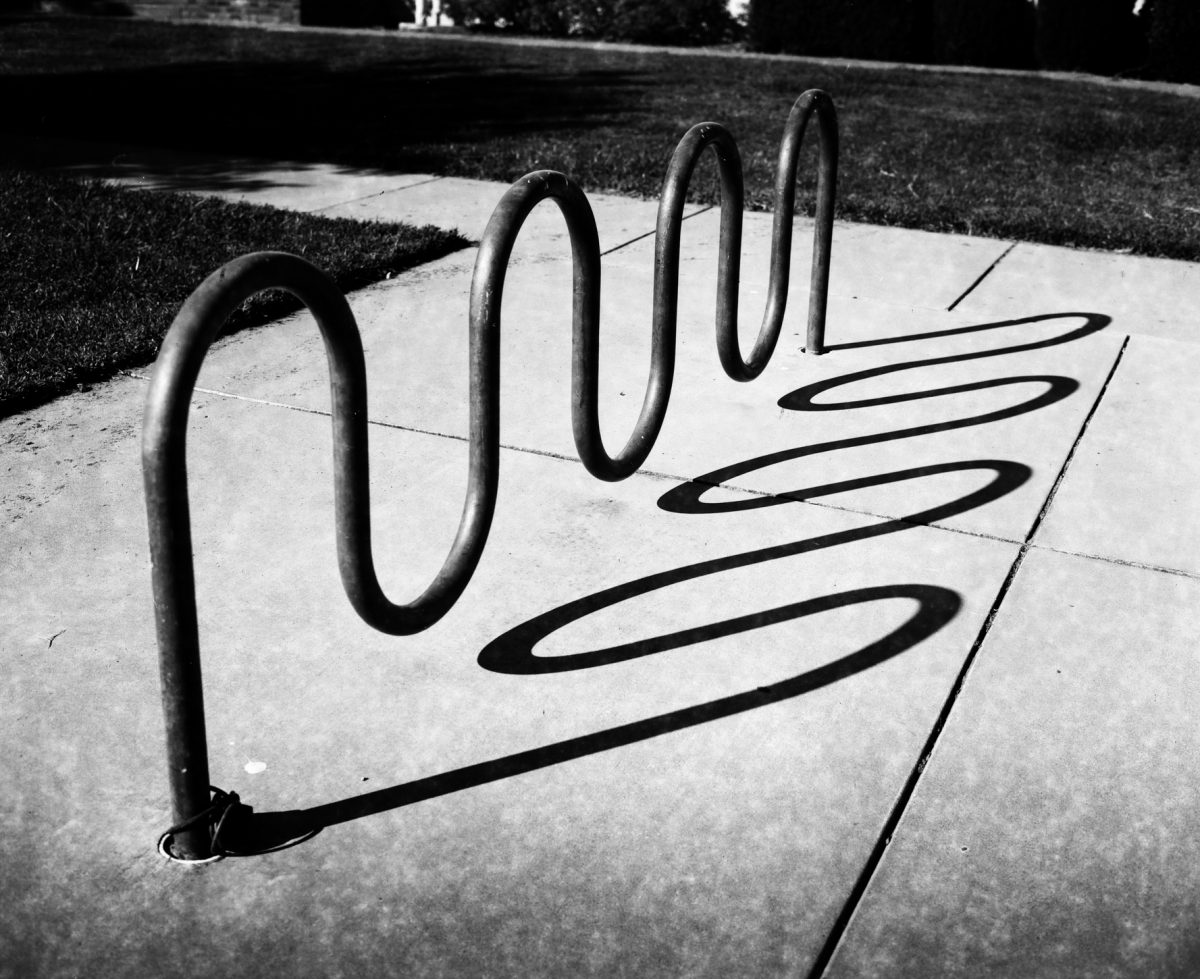
Ilford PANF 50 expired 1989 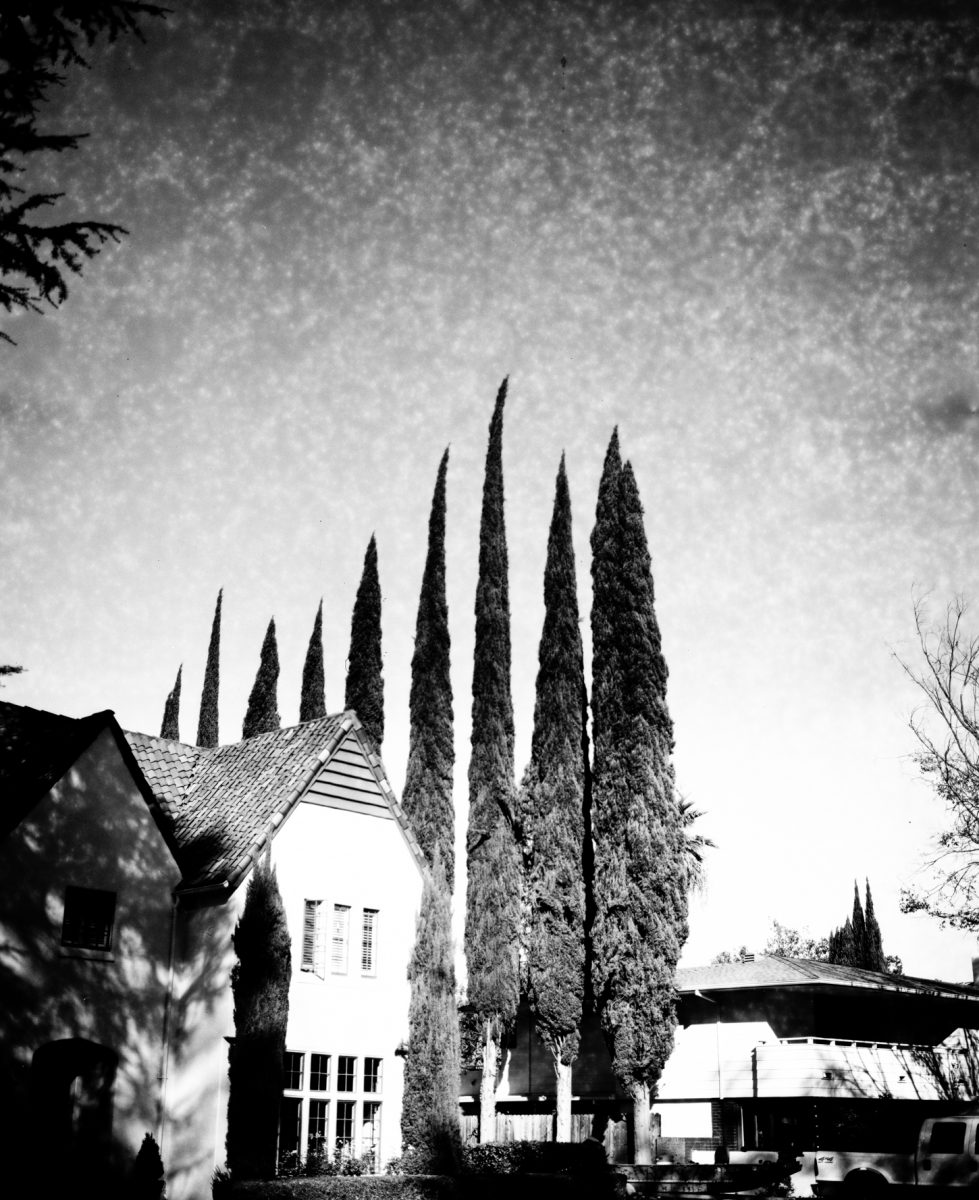
Ilford PANF 50 expired 1989 
Ilford PANF 50 expired 1989 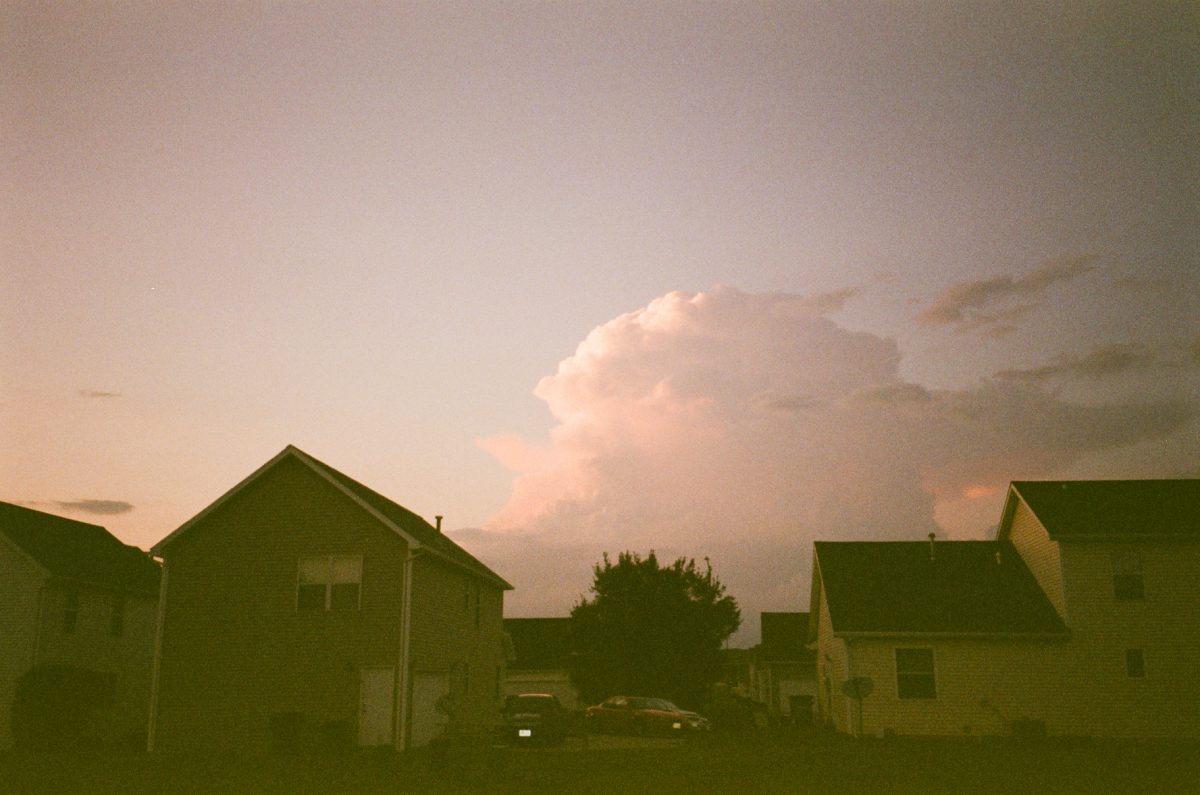
Kodak 800 expired 2013 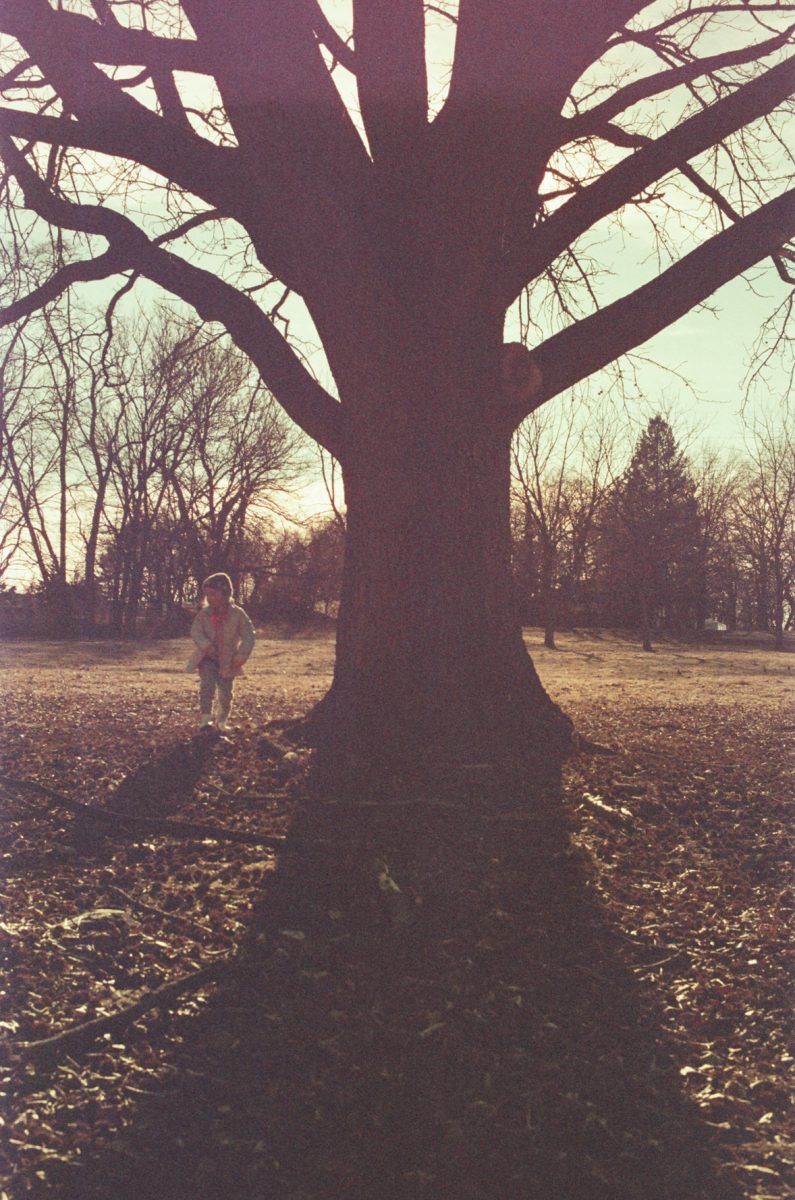
Kodak 800 expired 2013 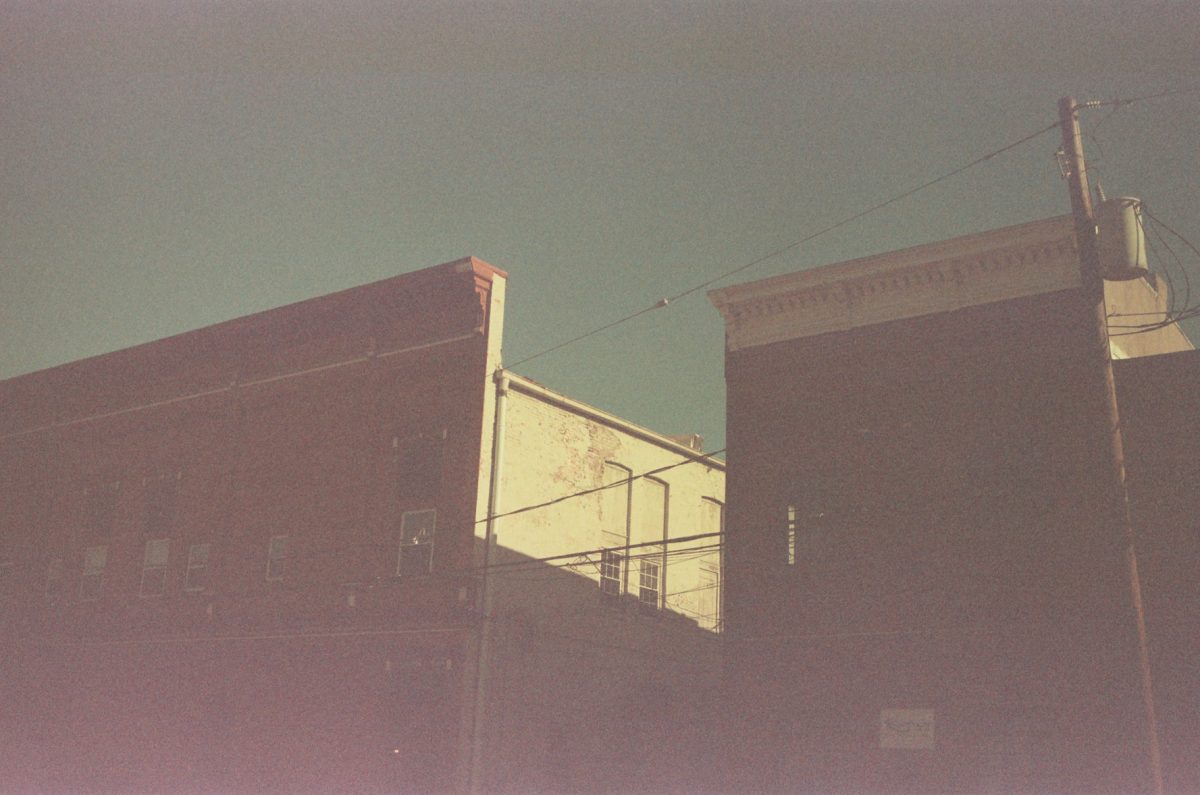
Kodak 800 expired 2013 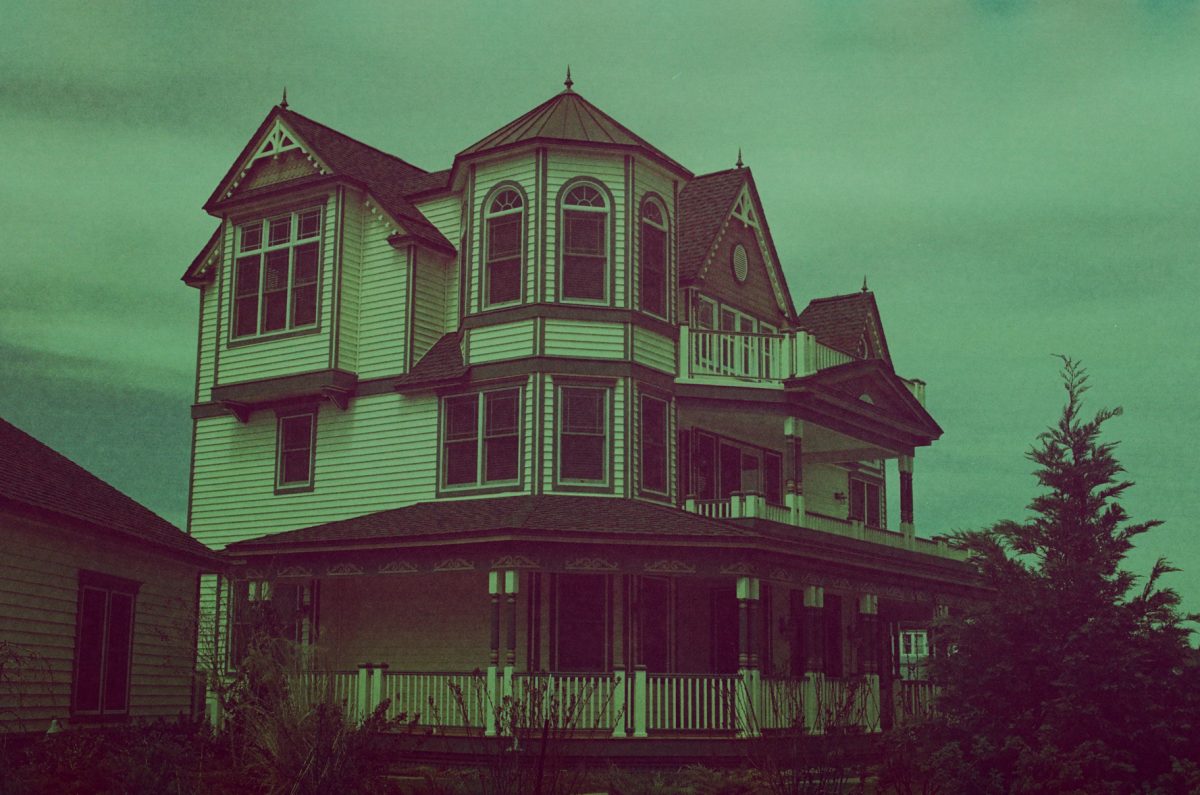
Gold 100 expired unknown 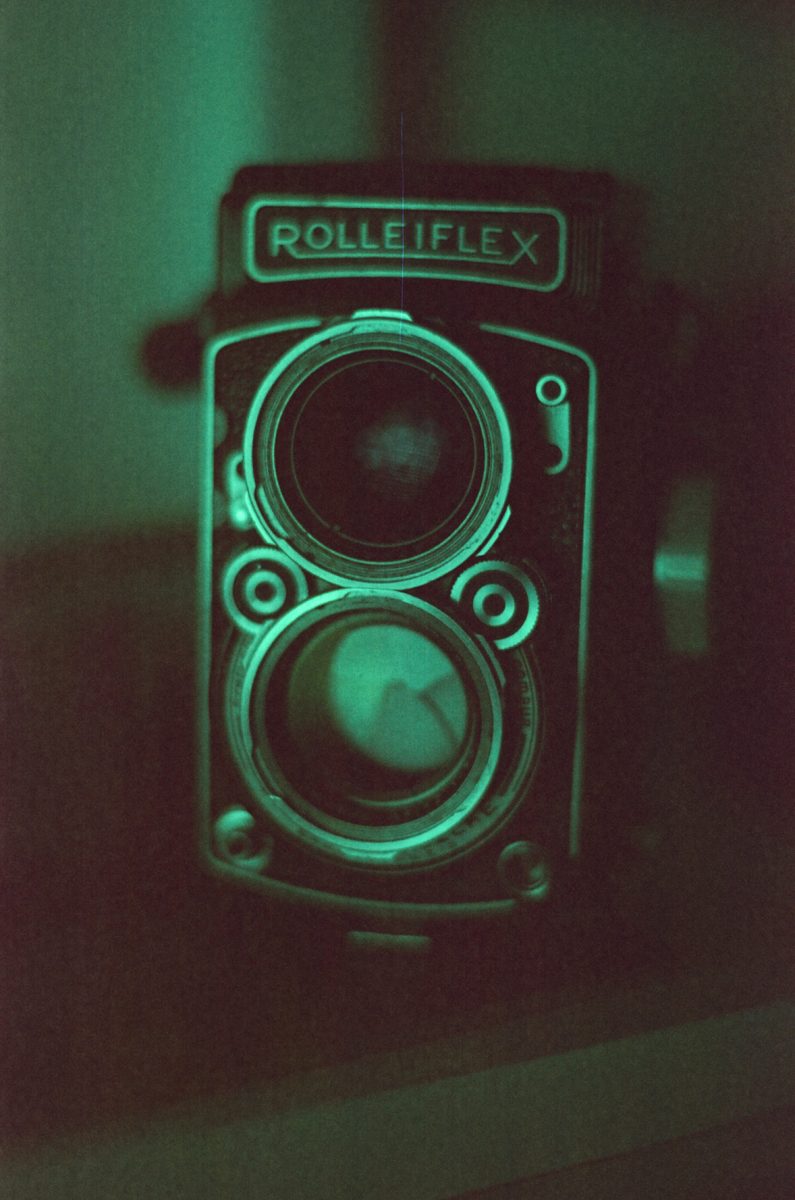
Gold 100 expired unknown 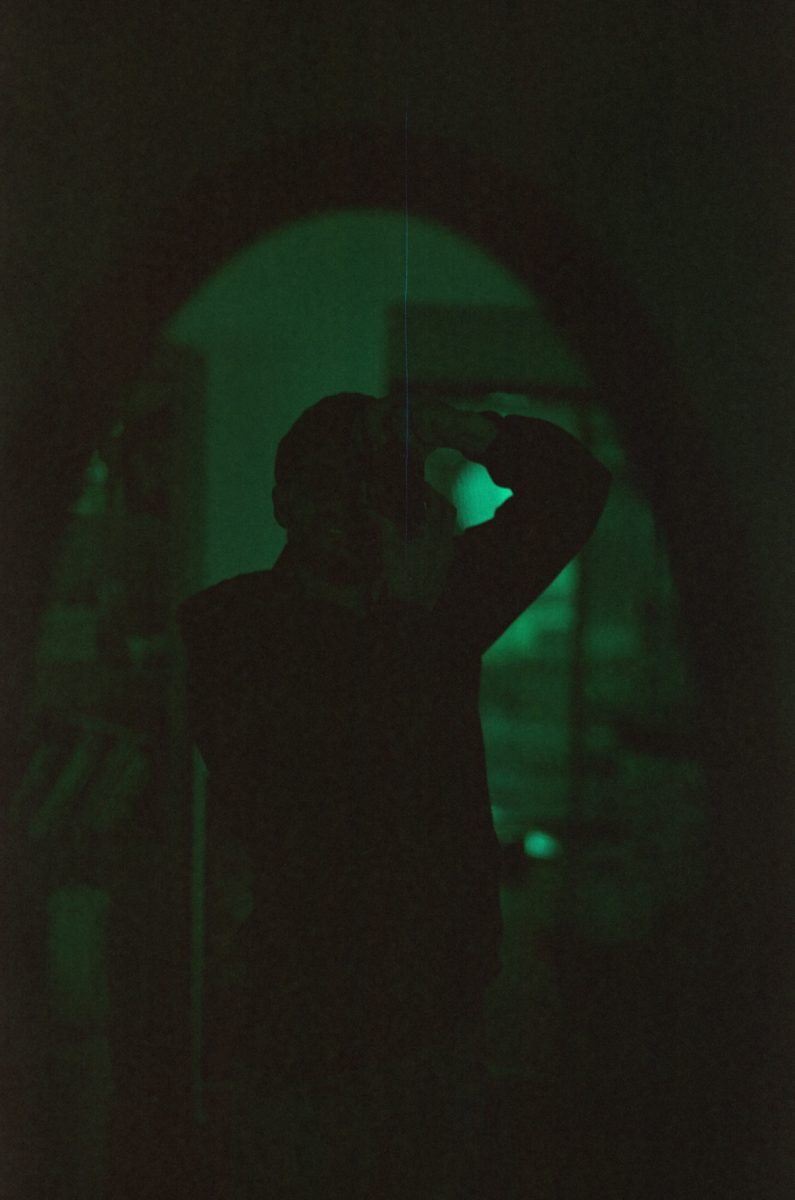
Gold 100 expired unknown 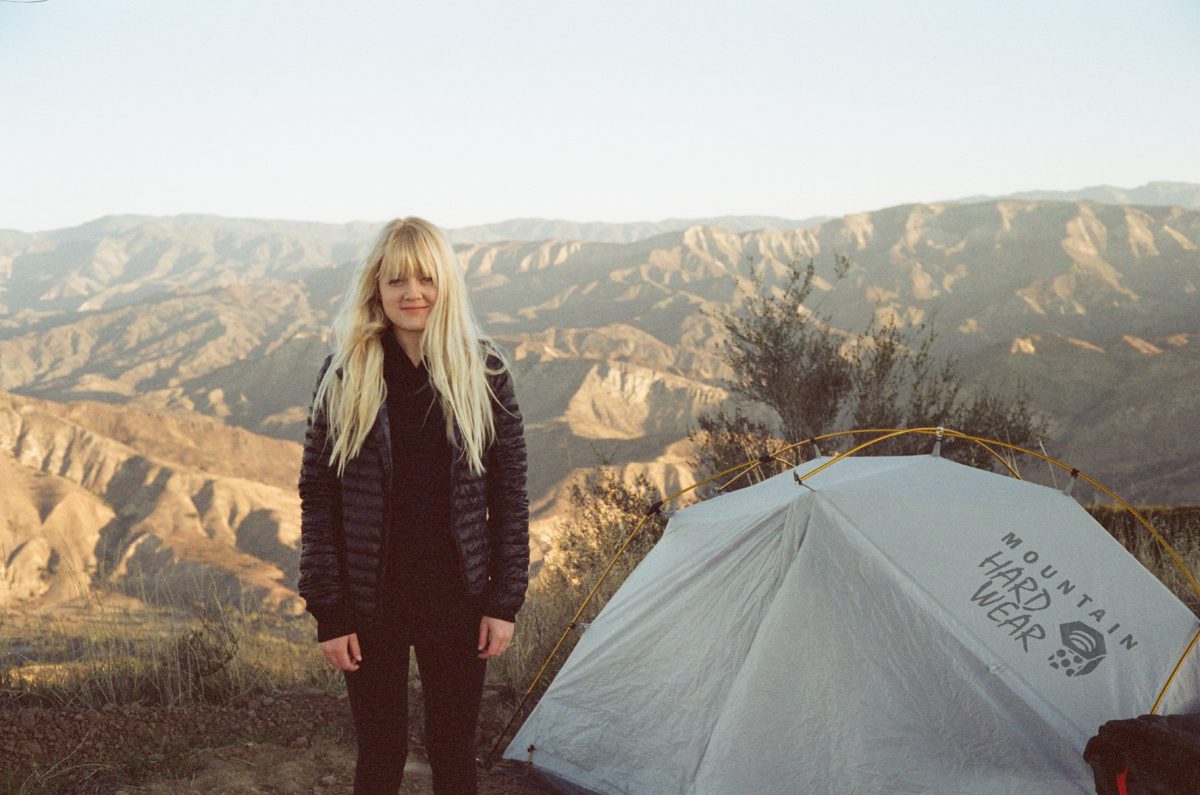
Kodak Max 400 expired unknown 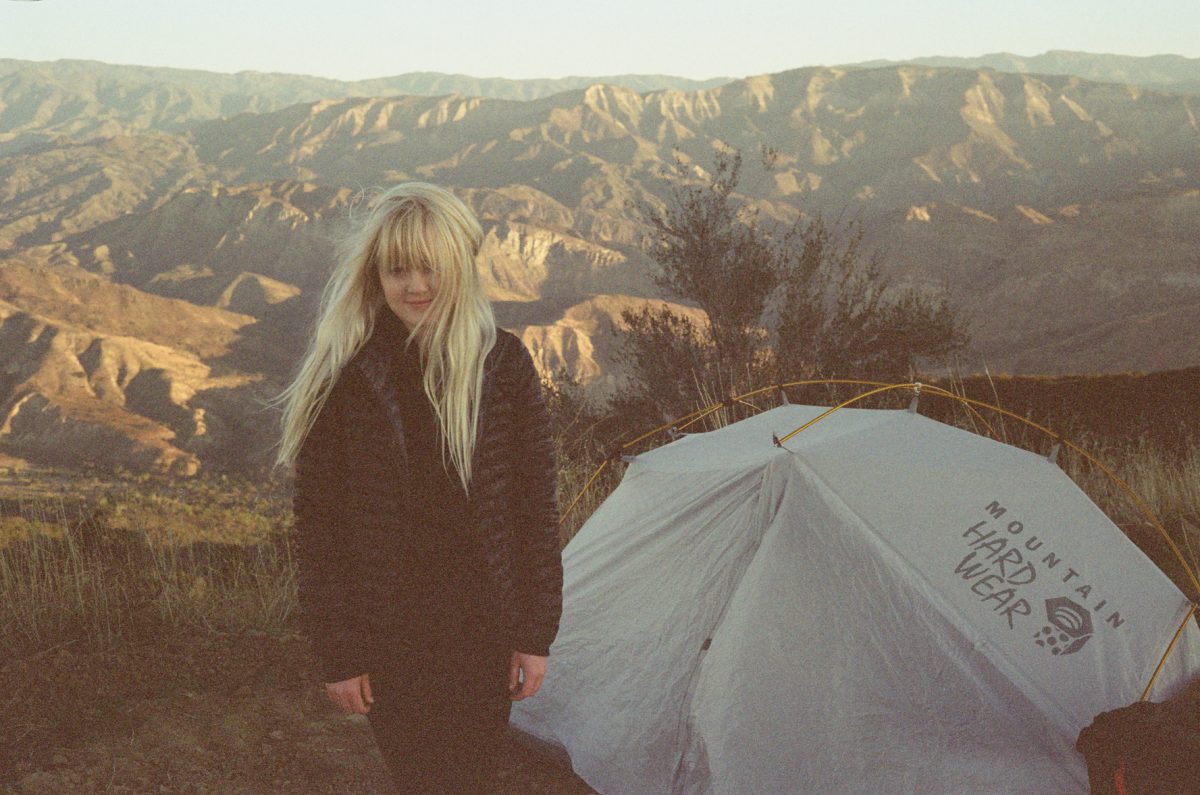
Kodak Max 400 expired unknown 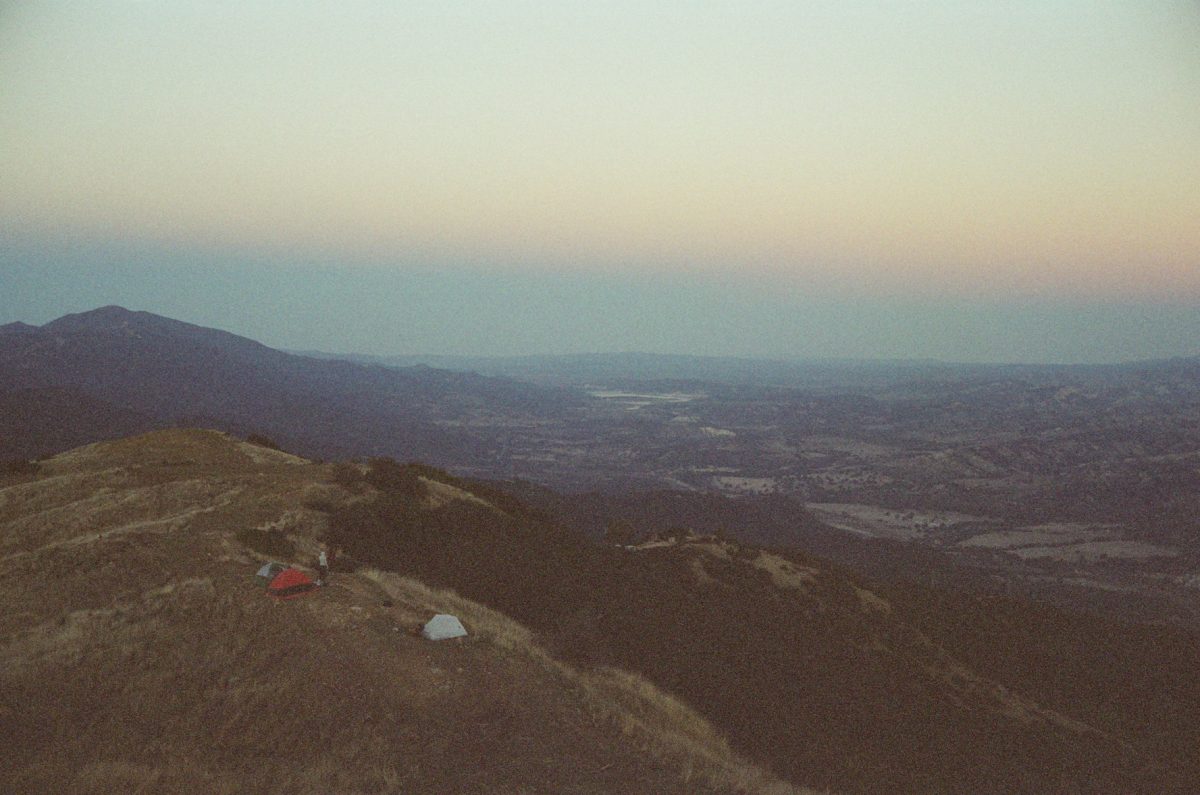
Kodak Max 400 expired unknown 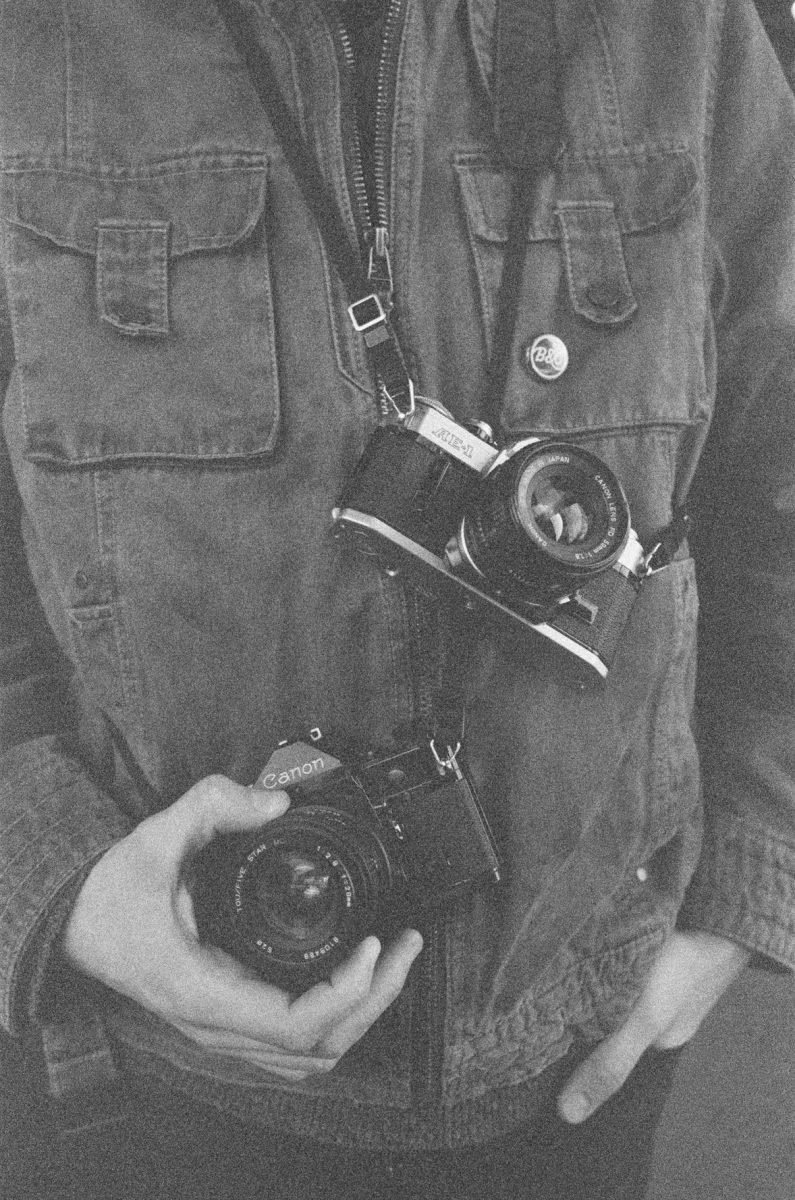
Kodak TMAX 3200 expired unknown 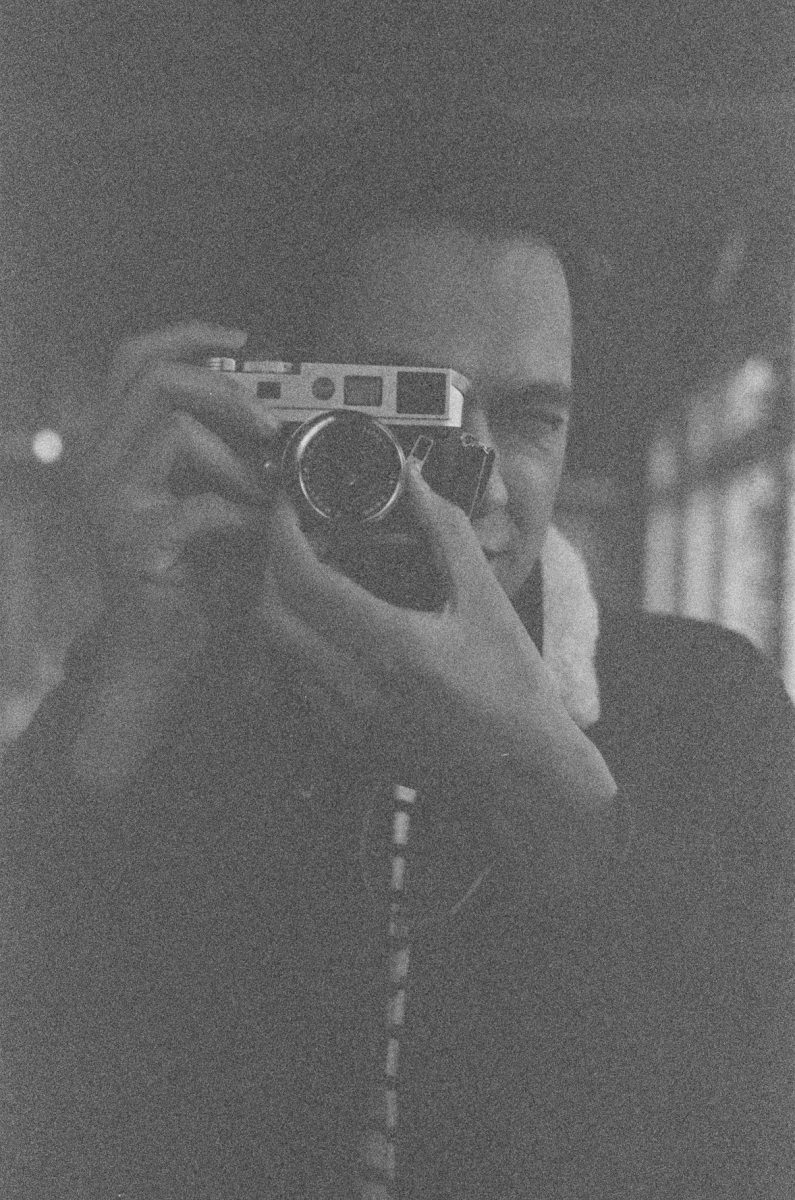
Kodak TMAX 3200 expired unknown 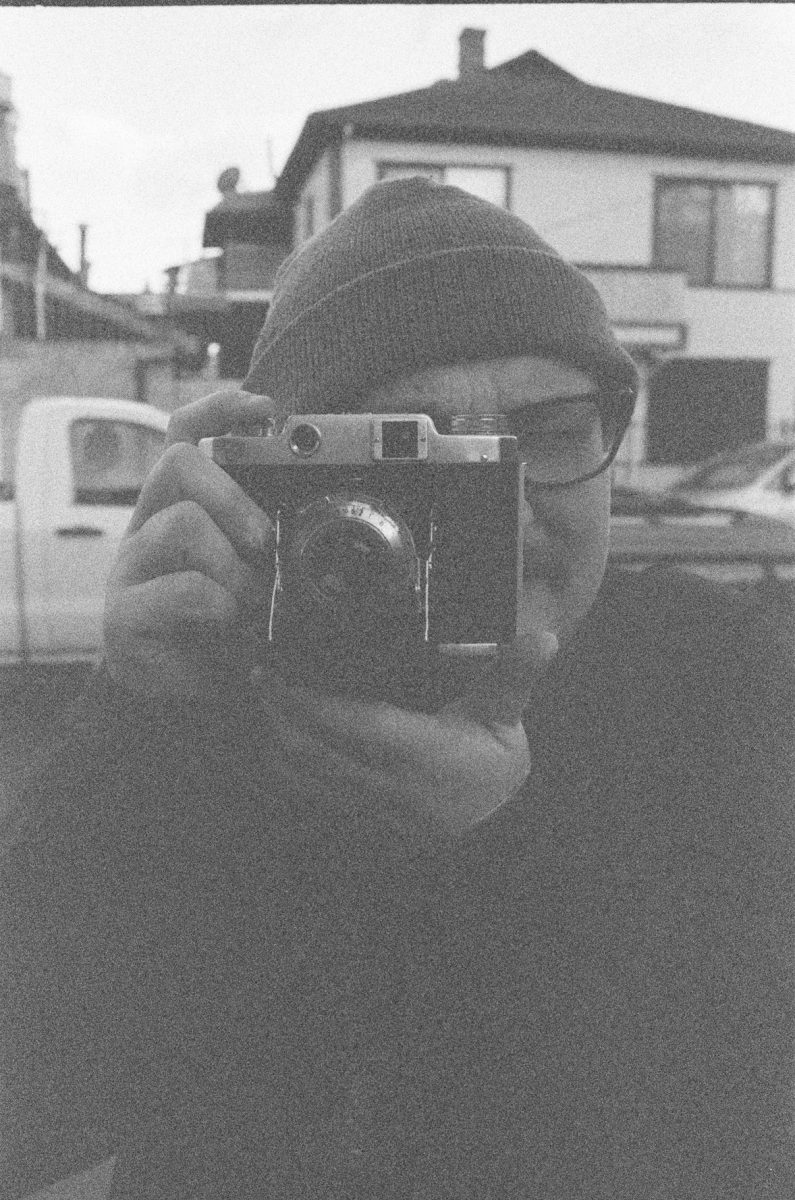
Kodak TMAX 3200 expired unknown



 My Account
My Account


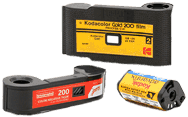
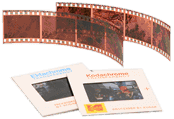


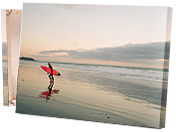

 Gift Cards
Gift Cards Film Index
Film Index FAQ
FAQ